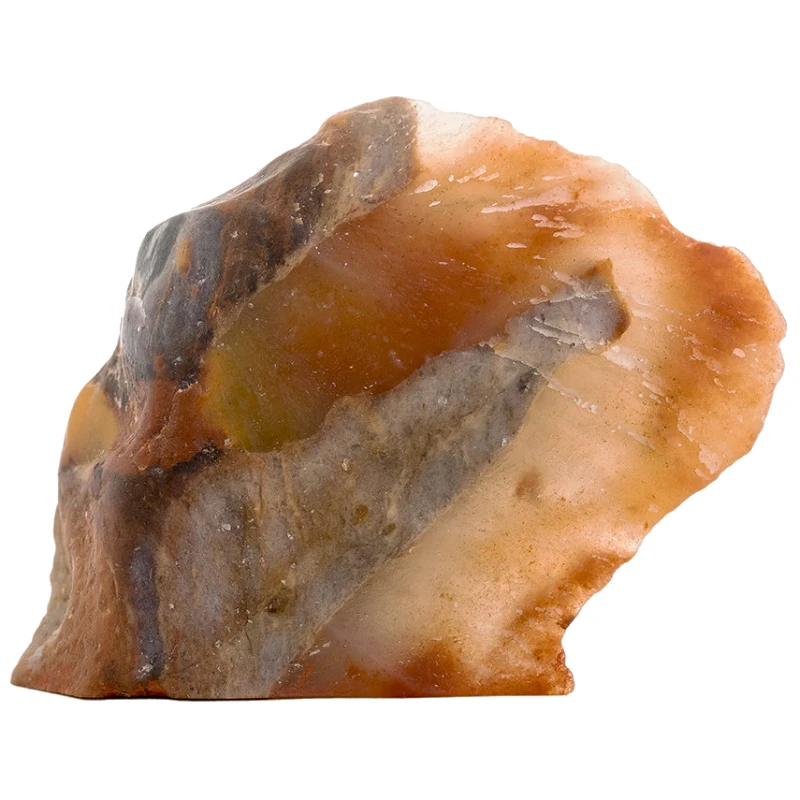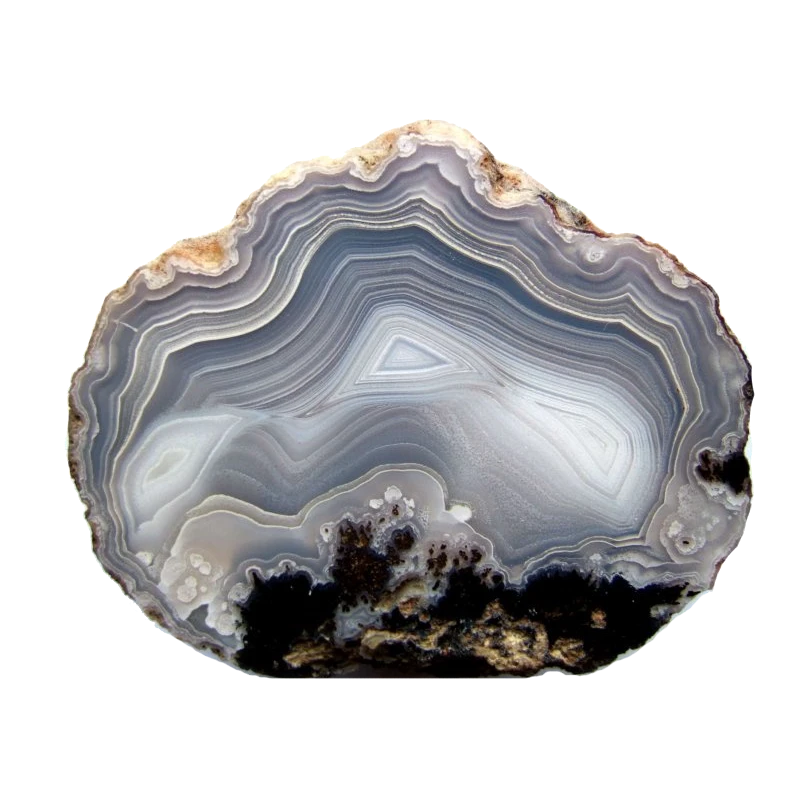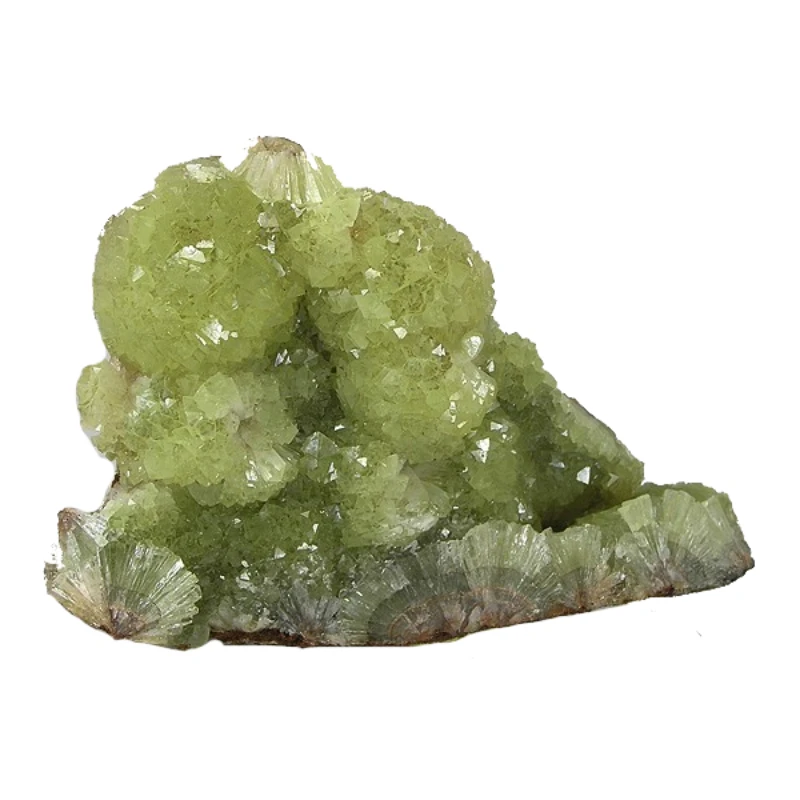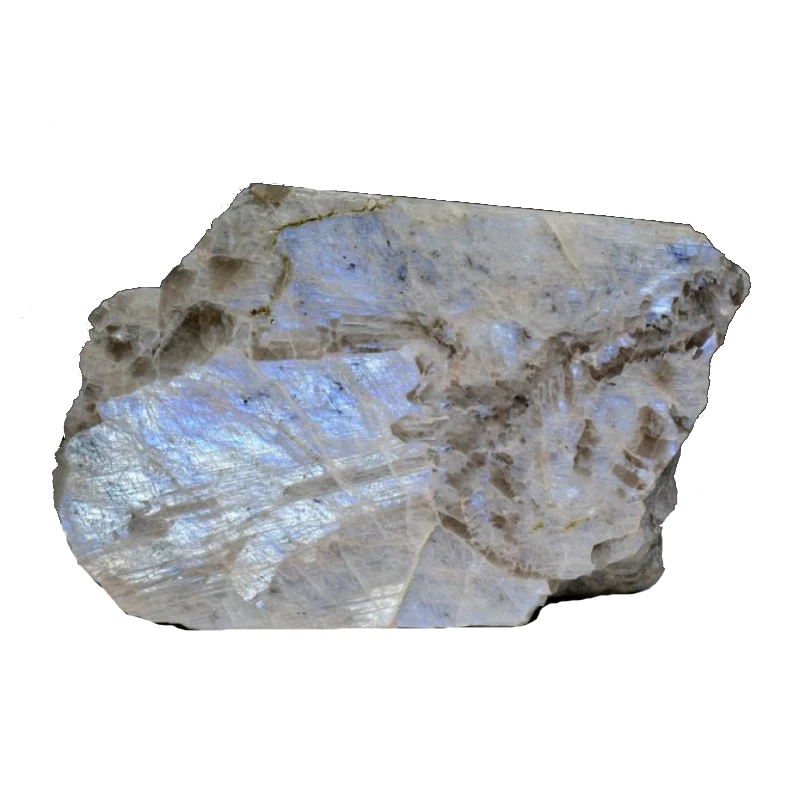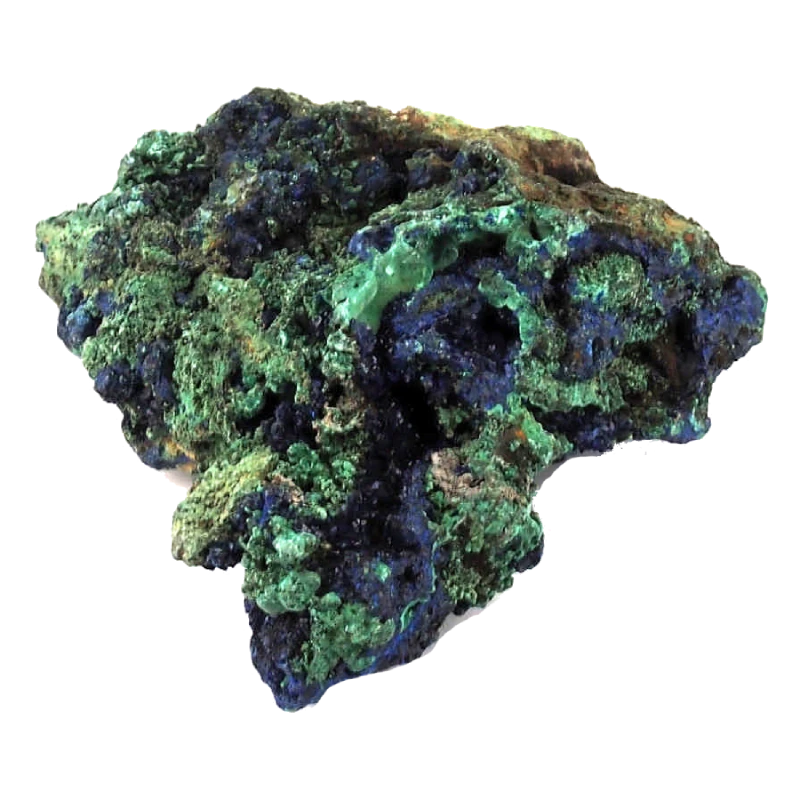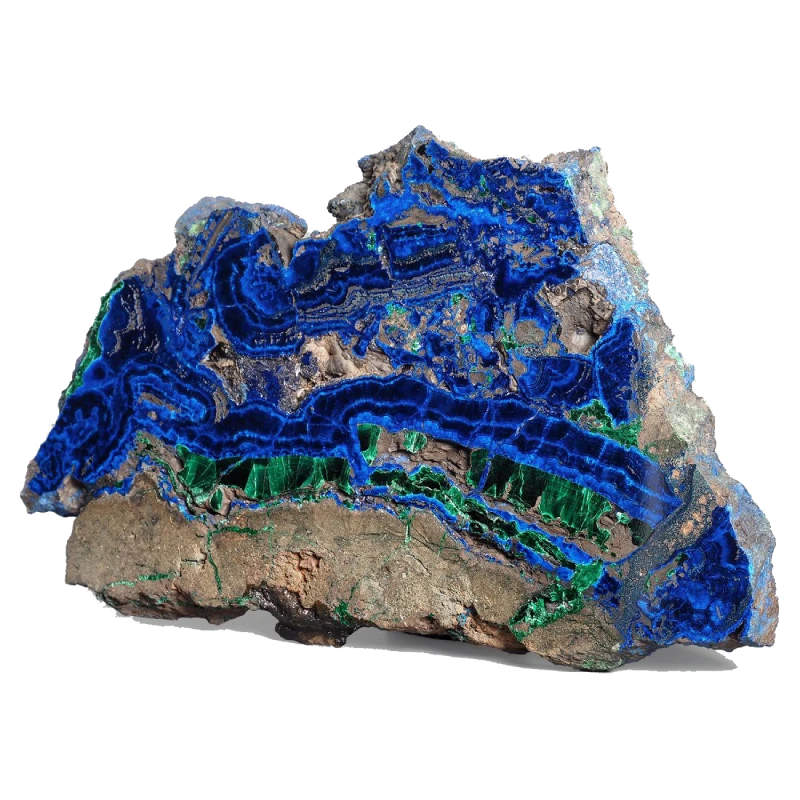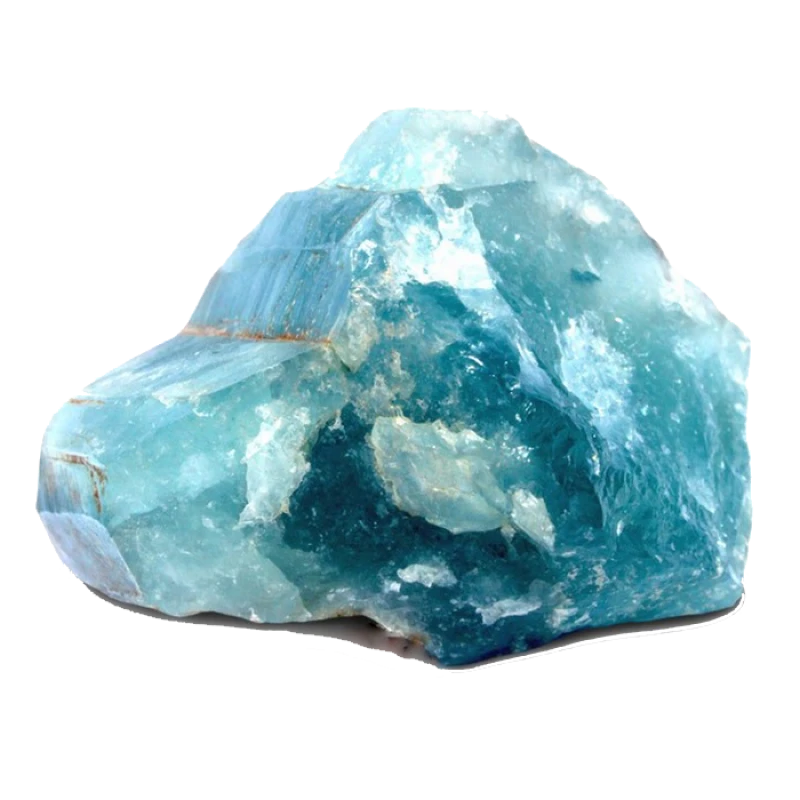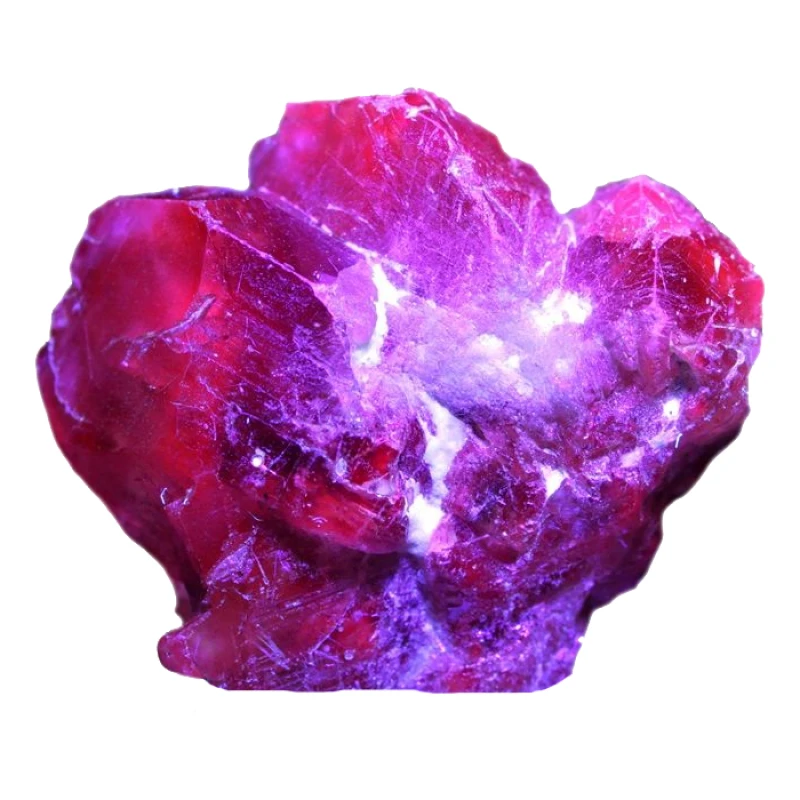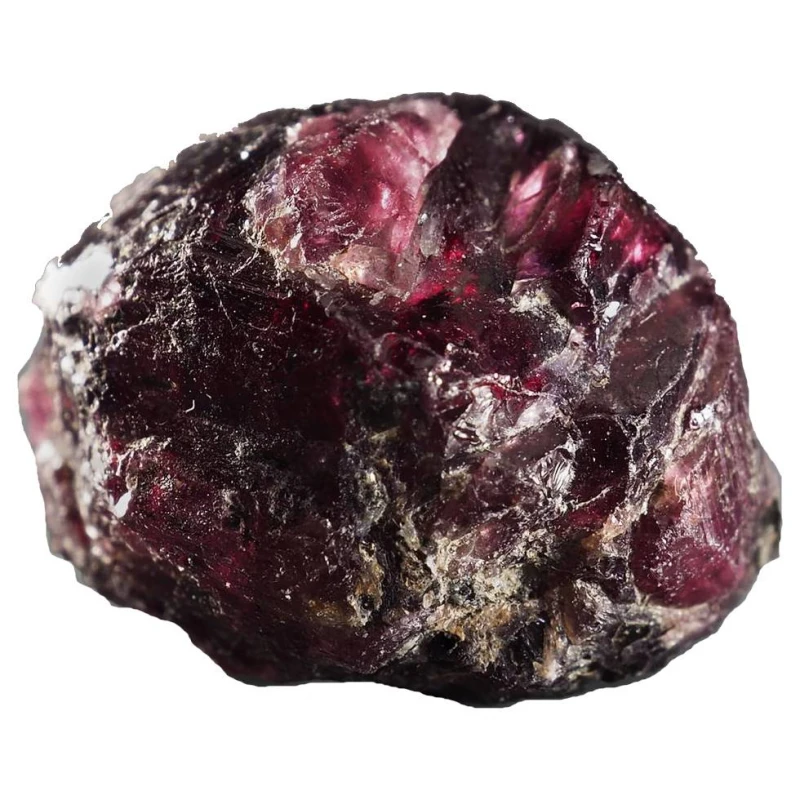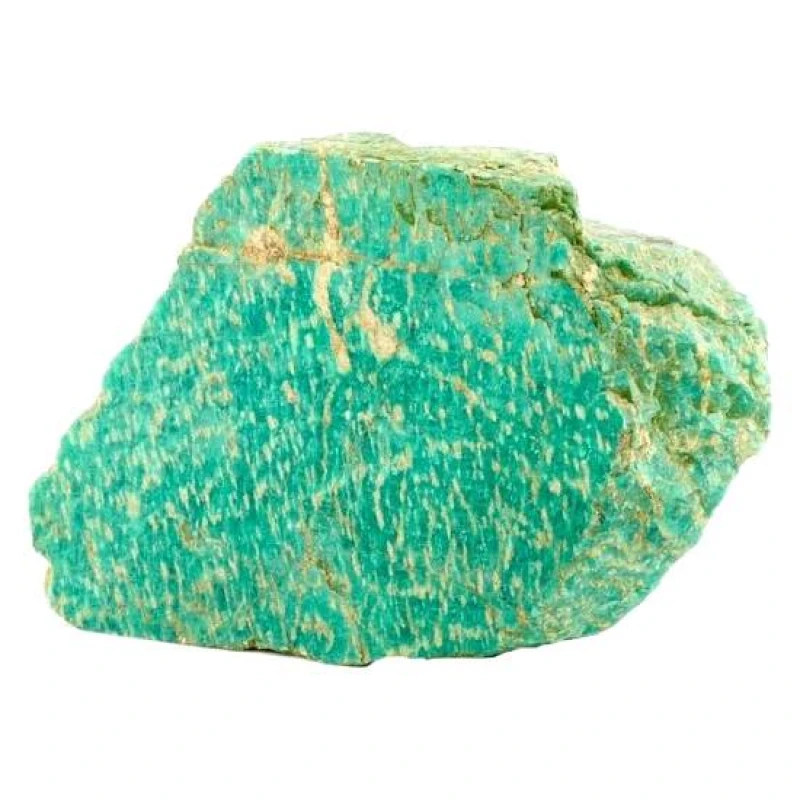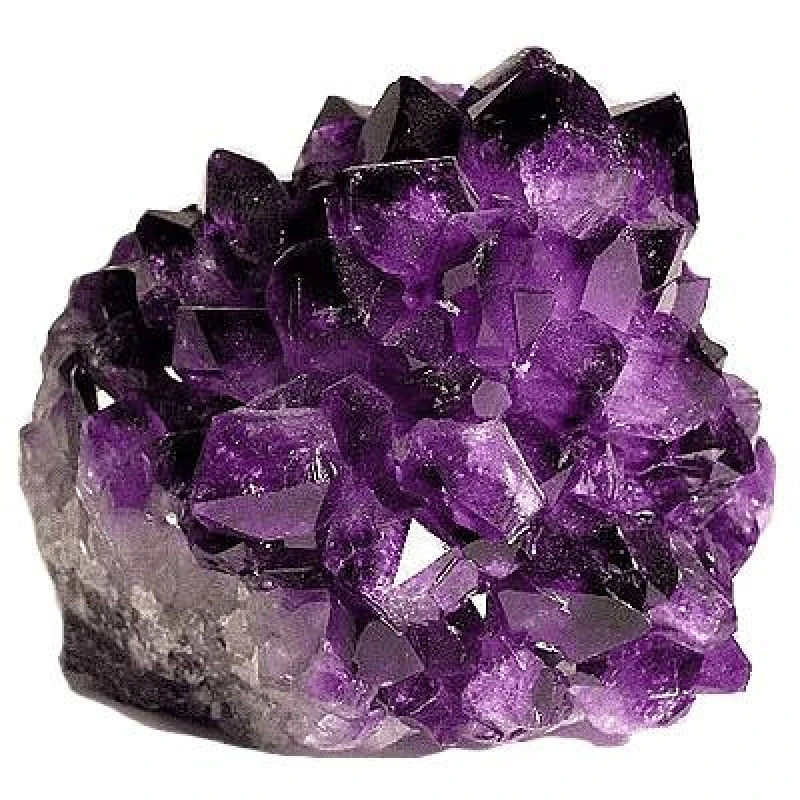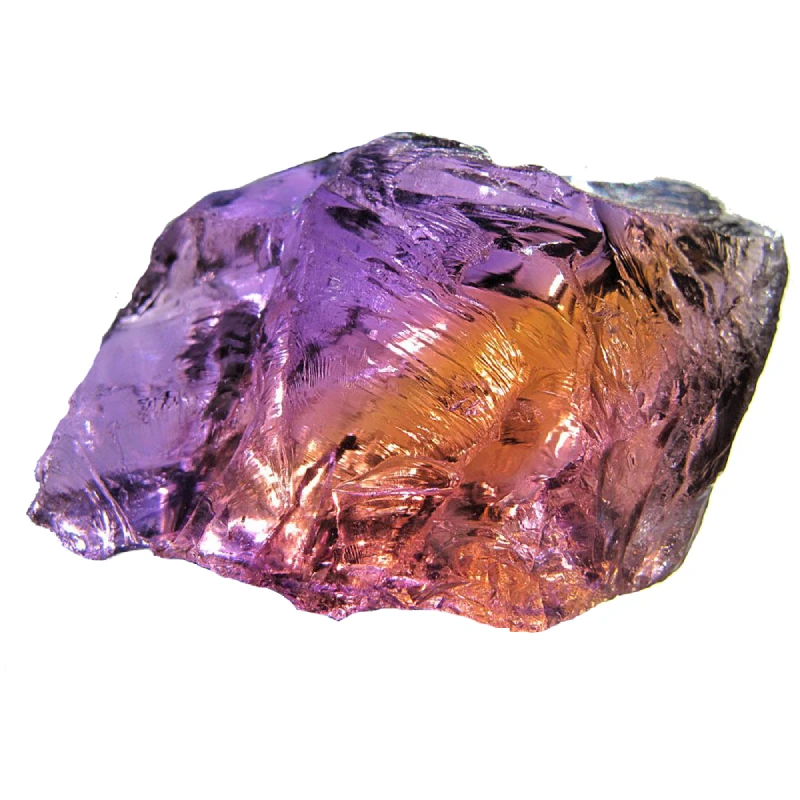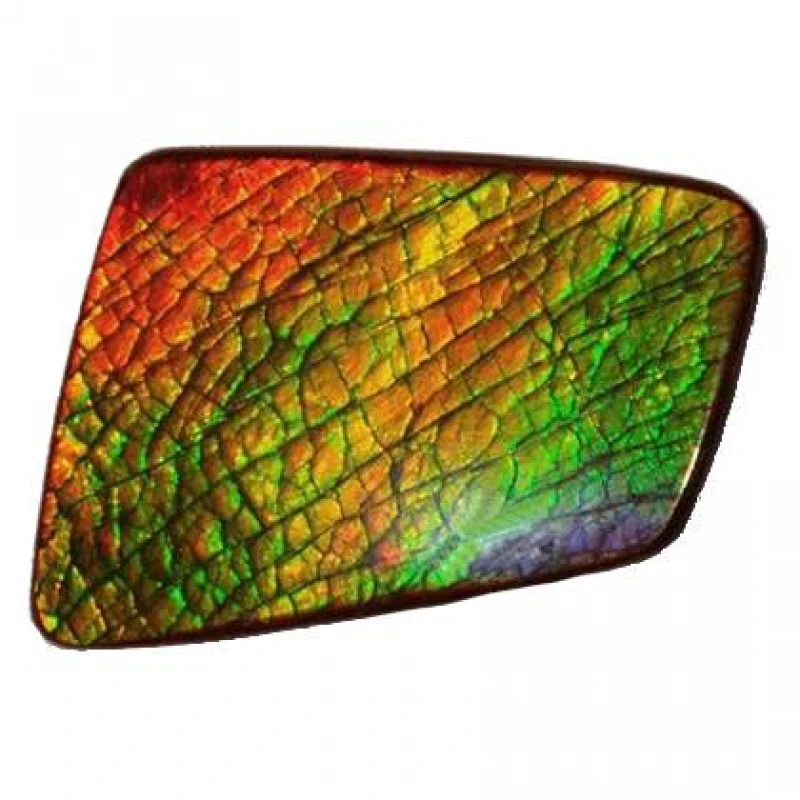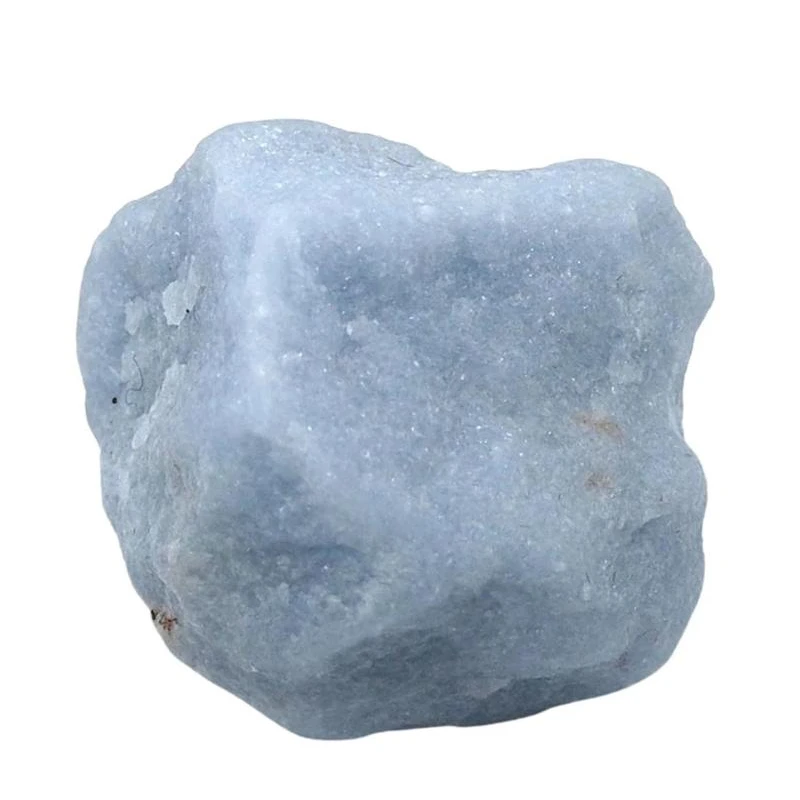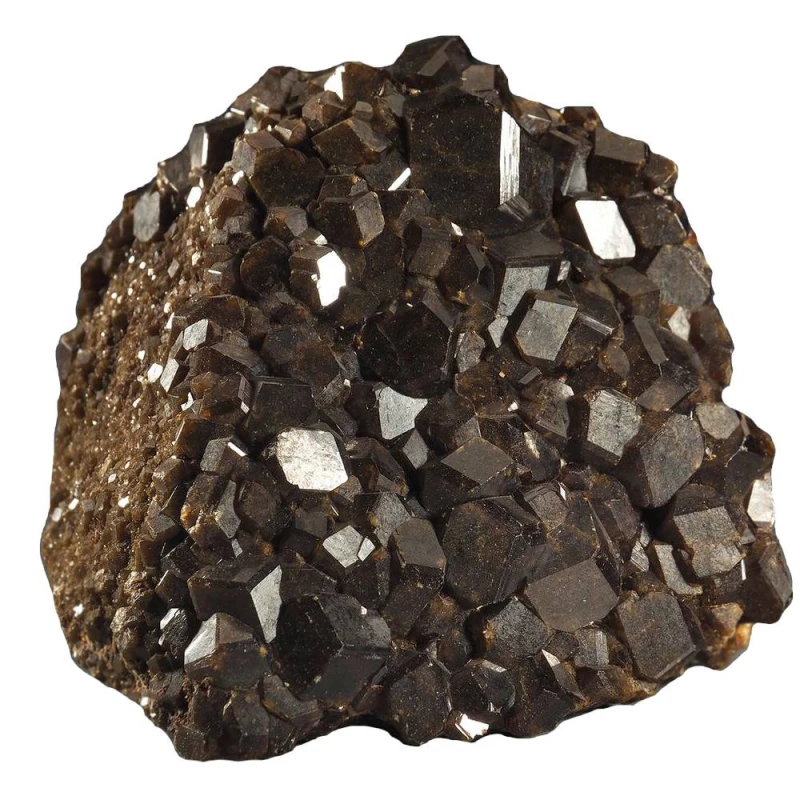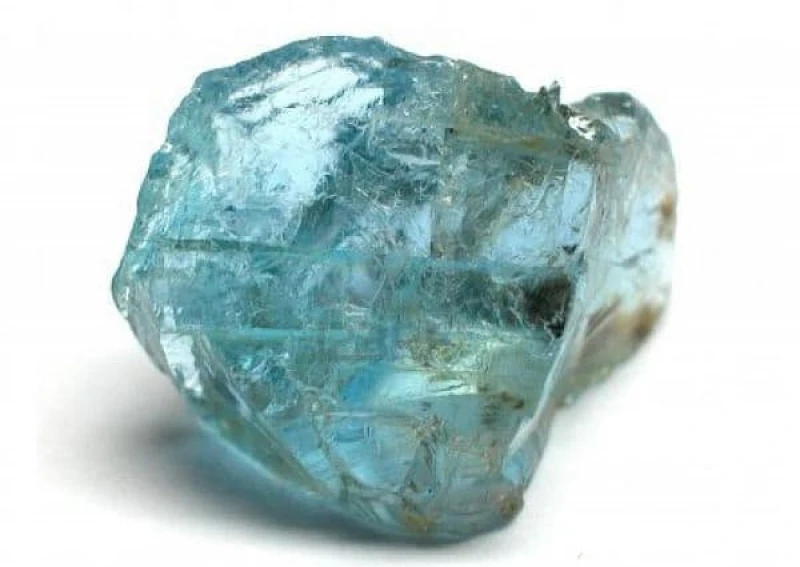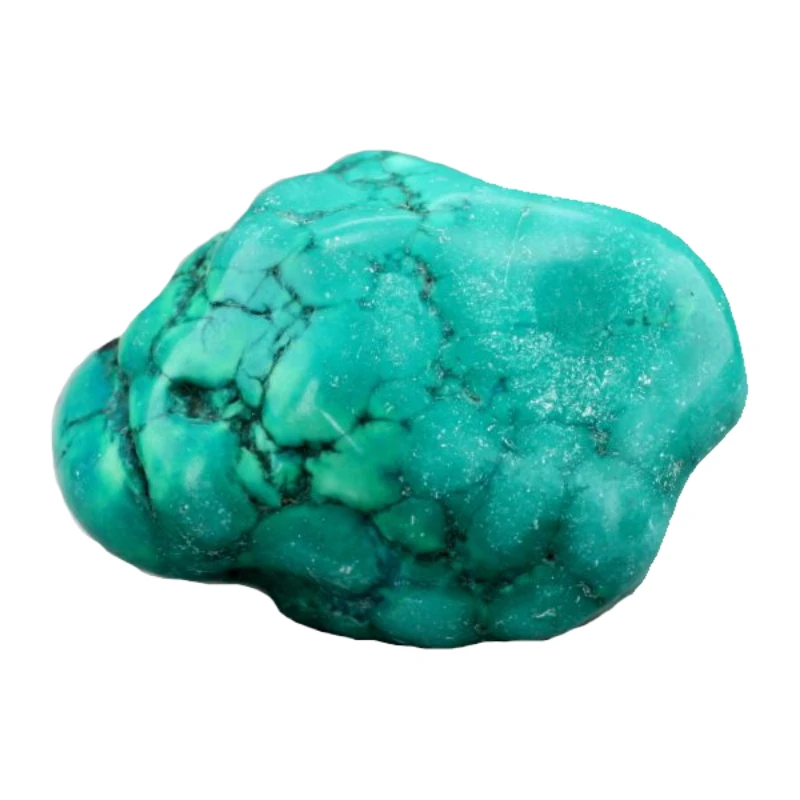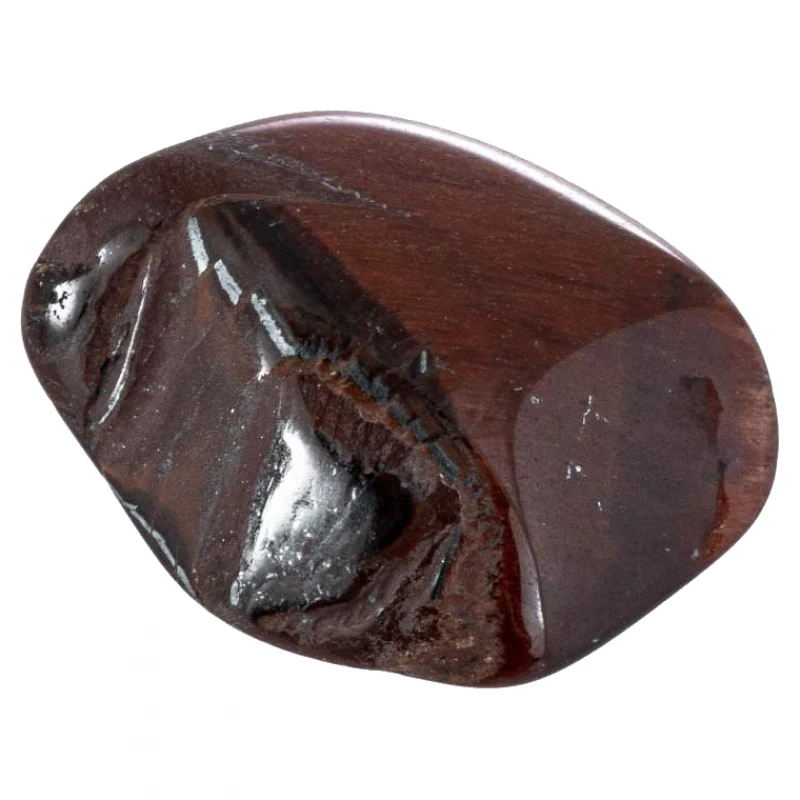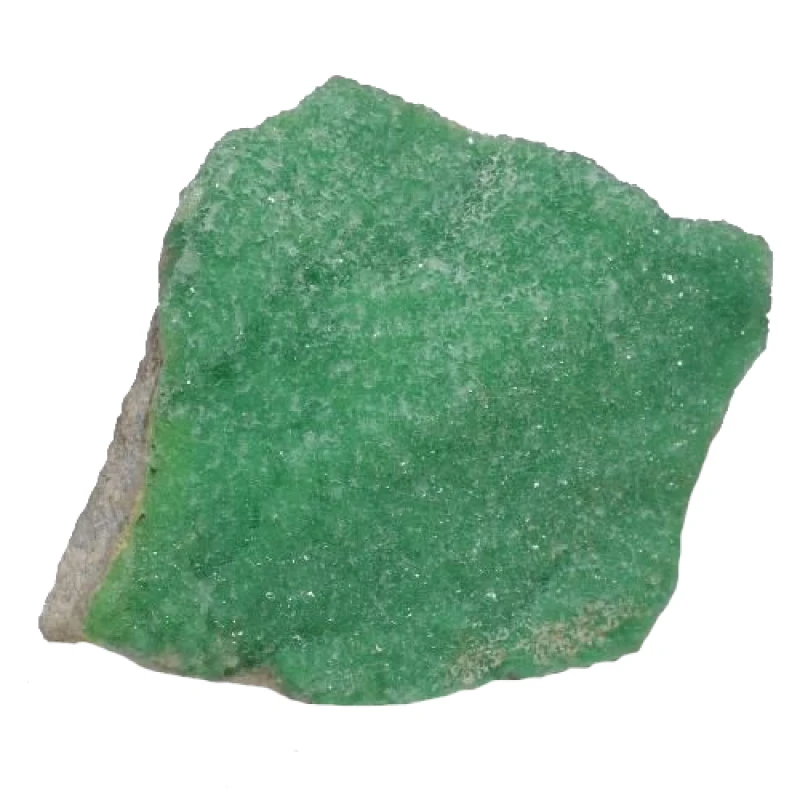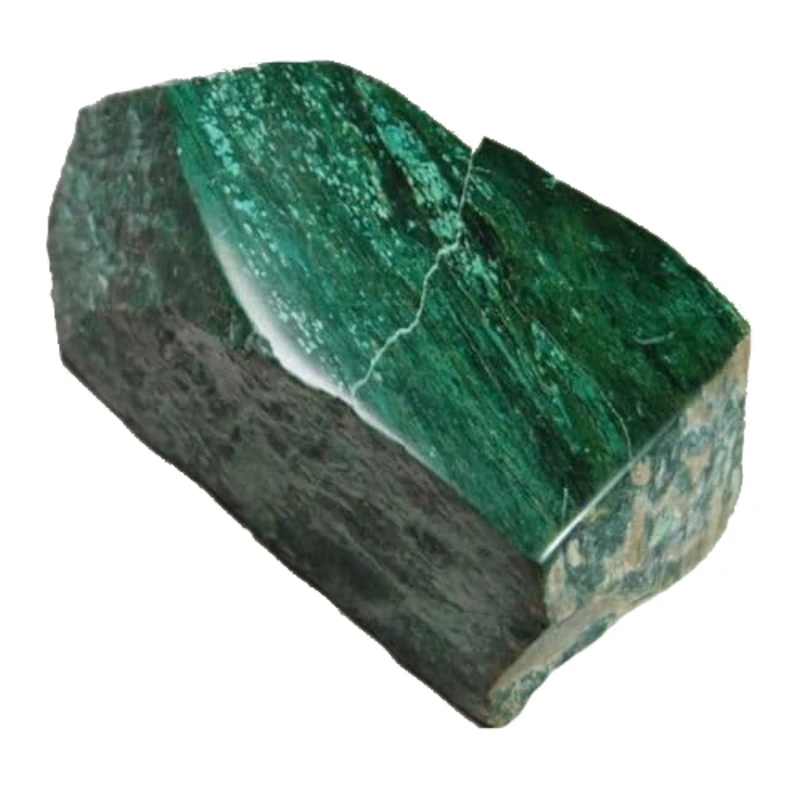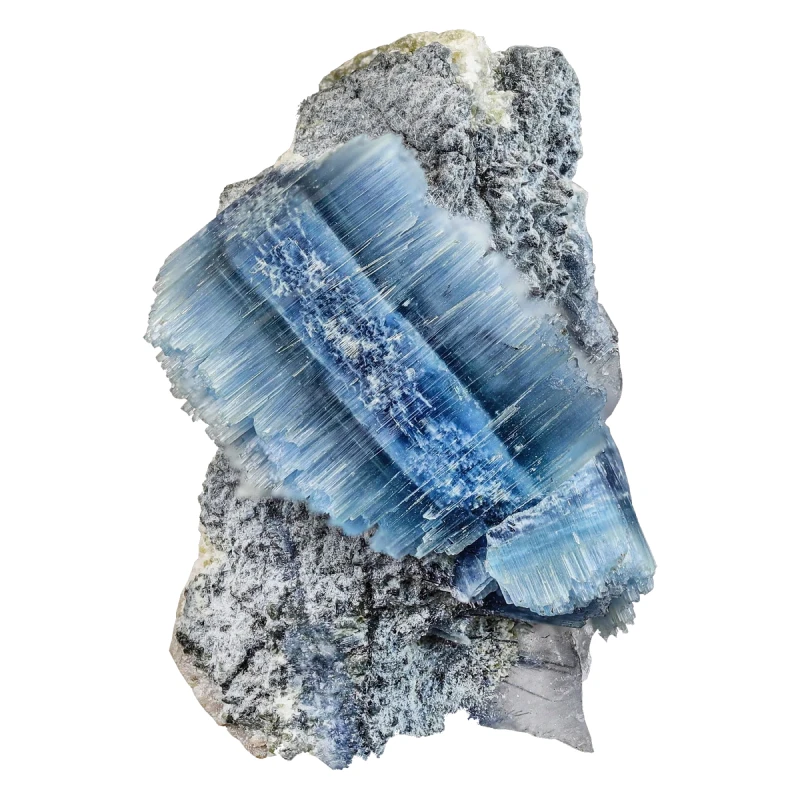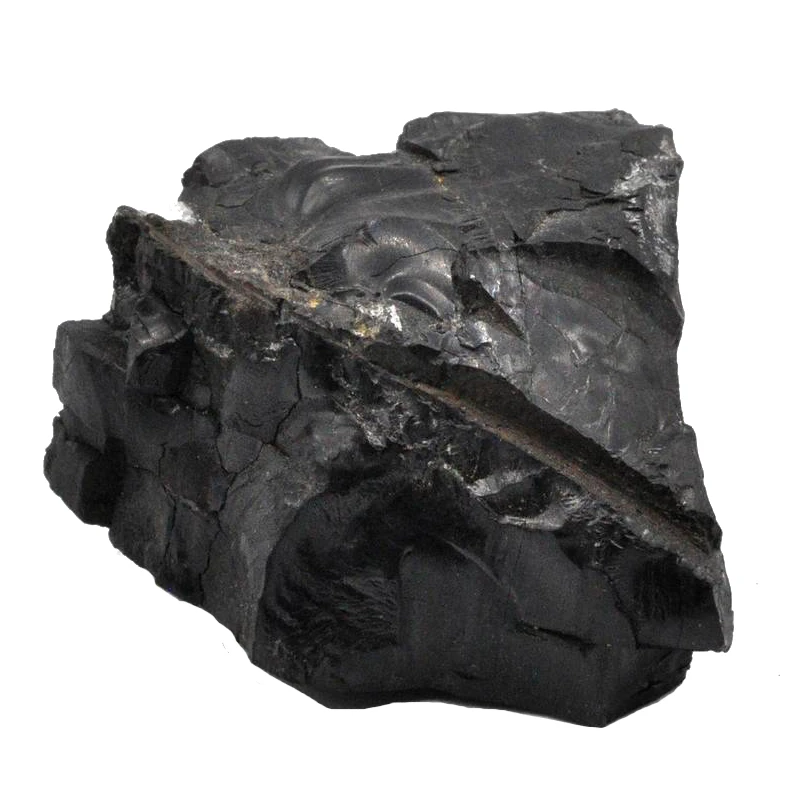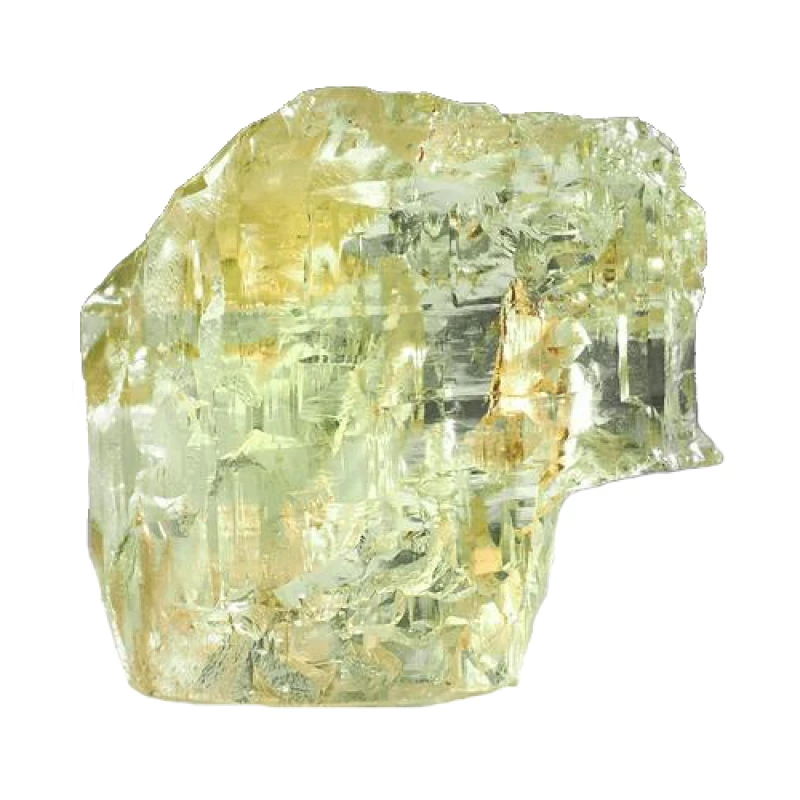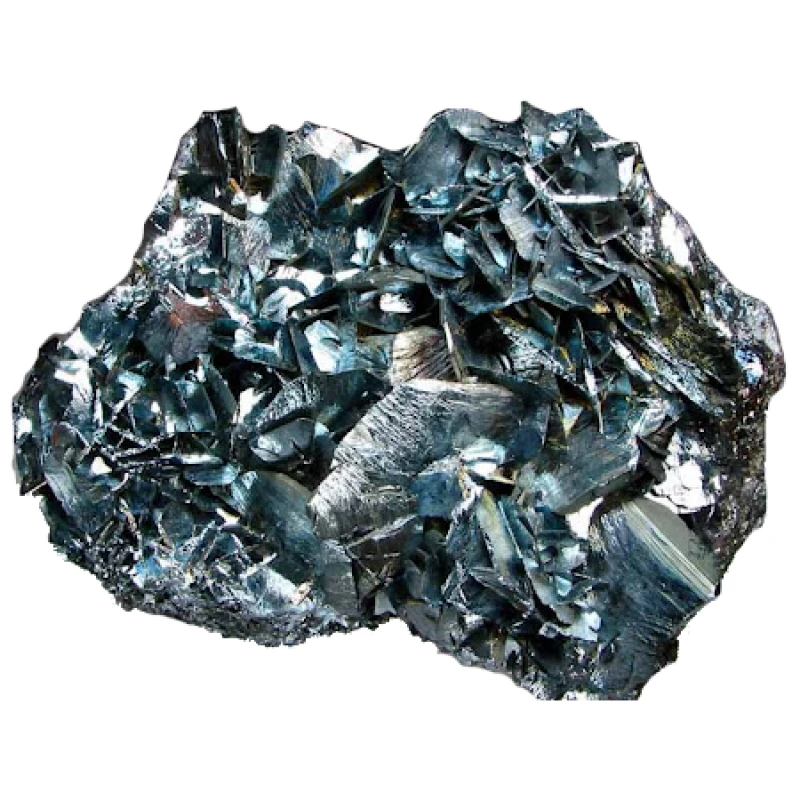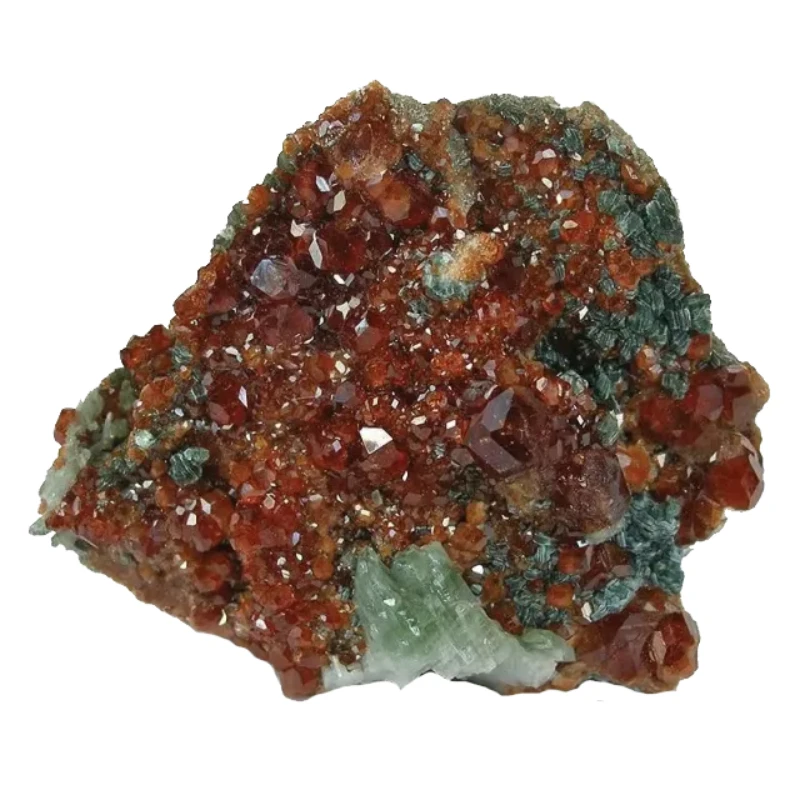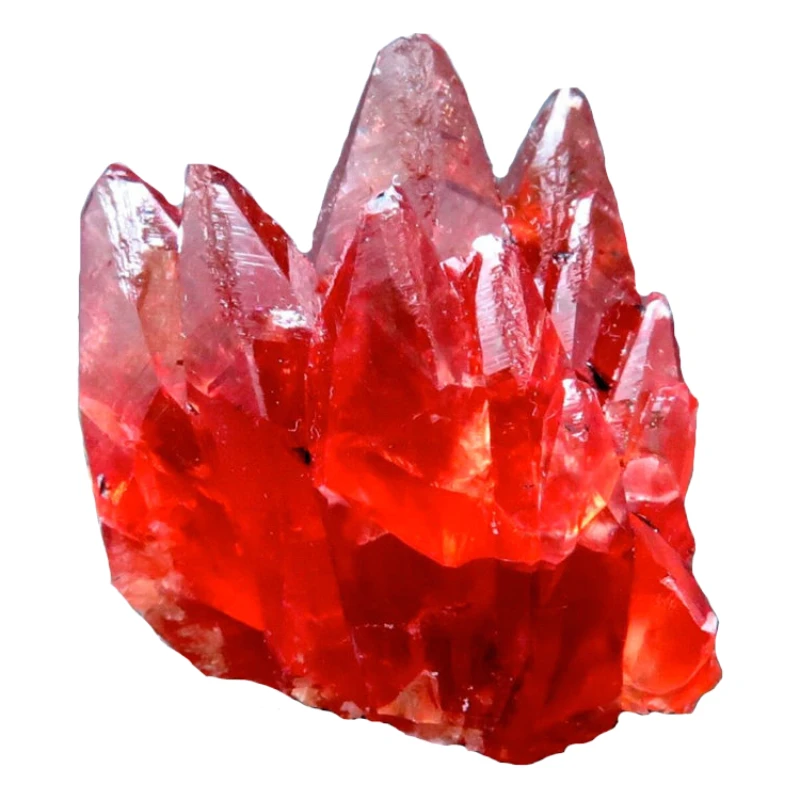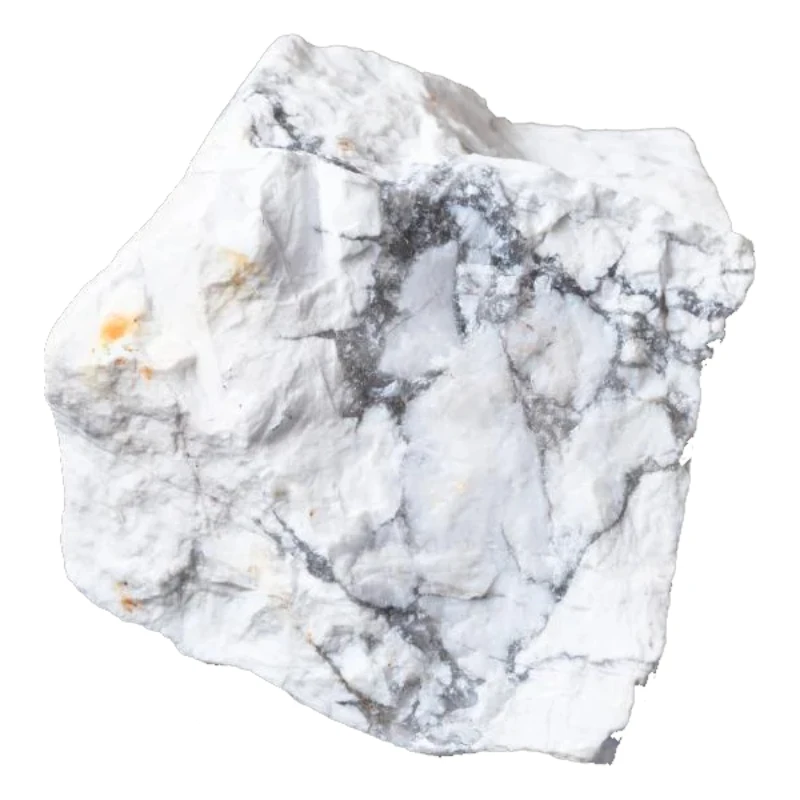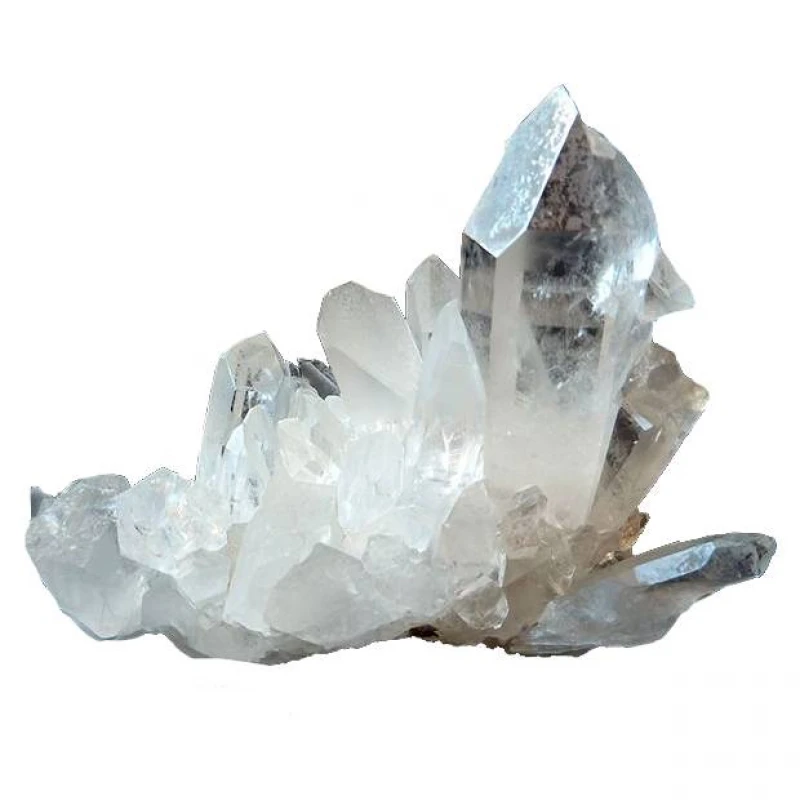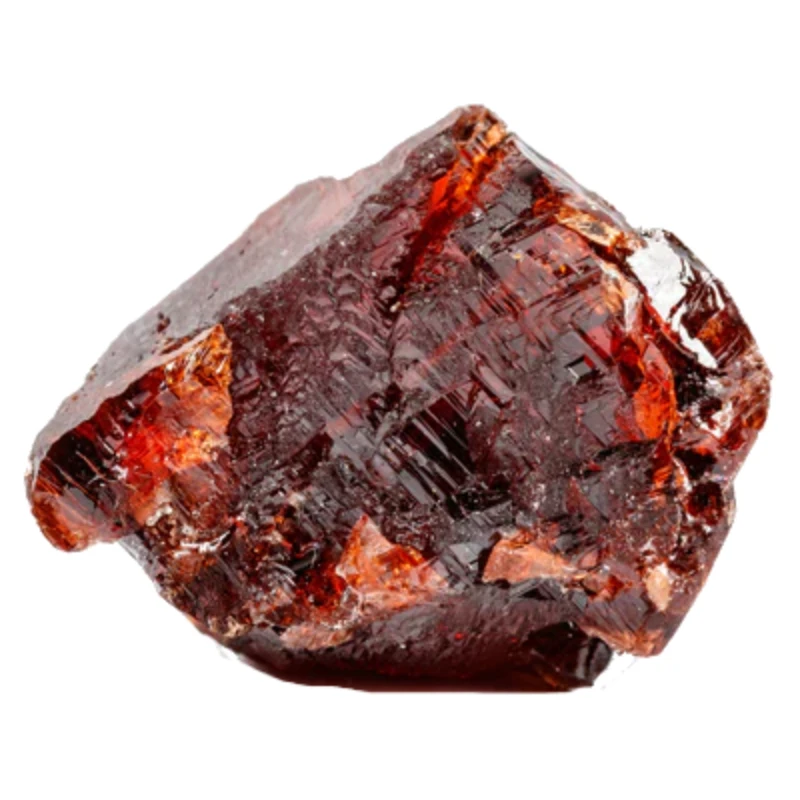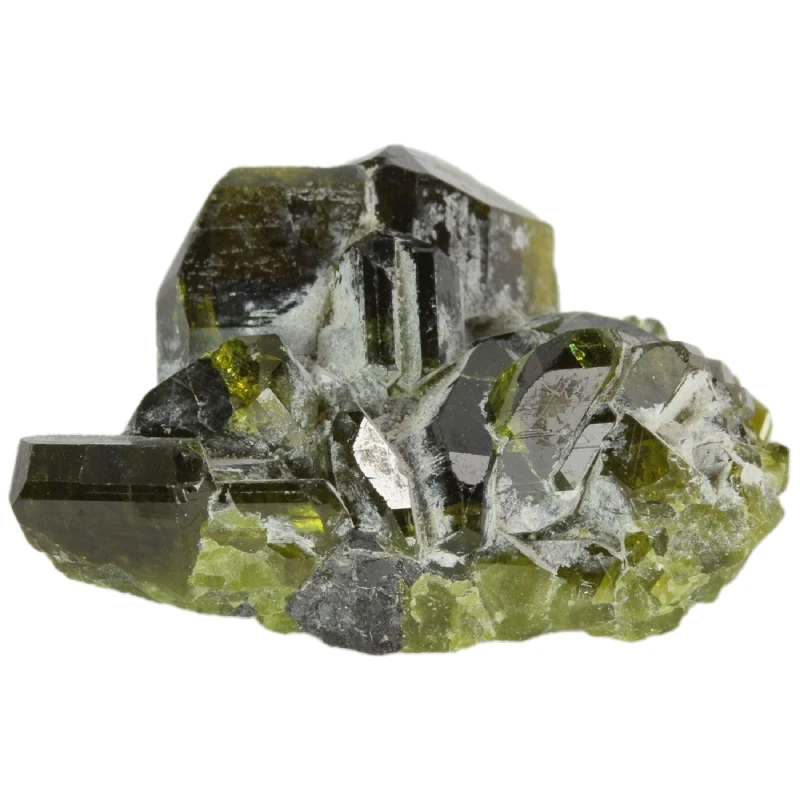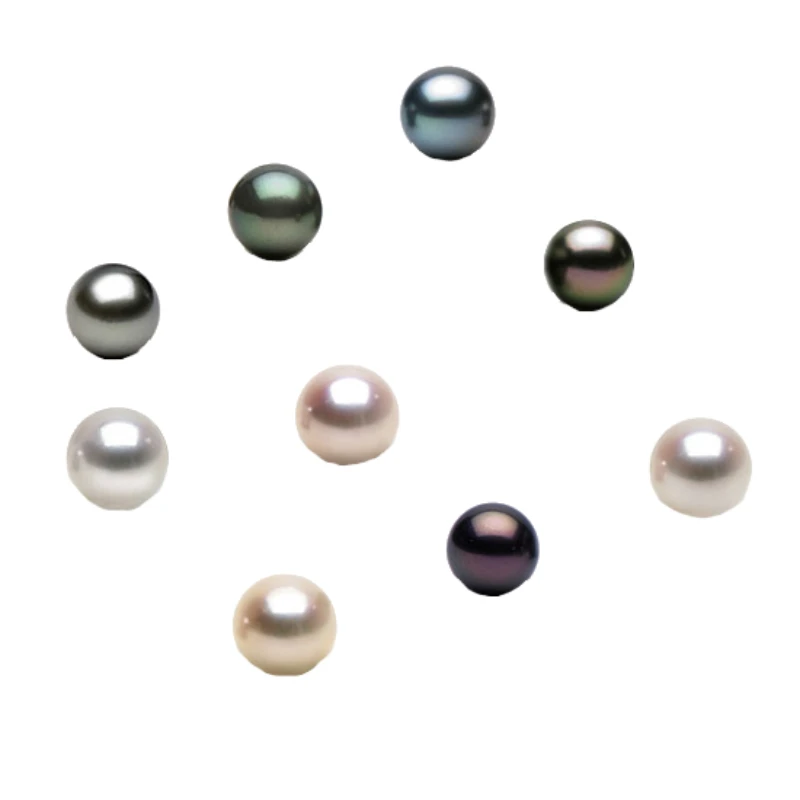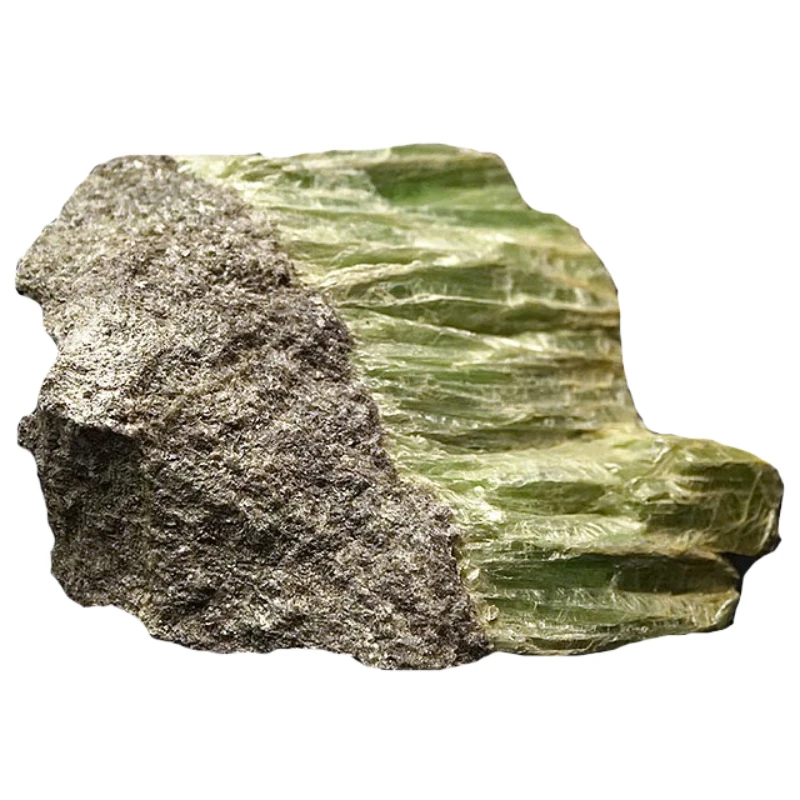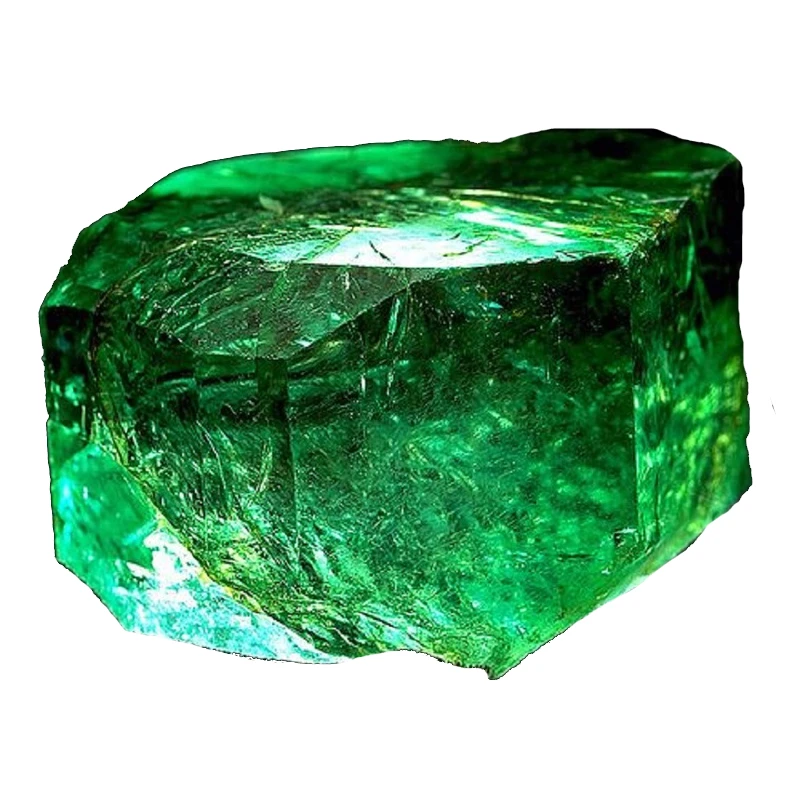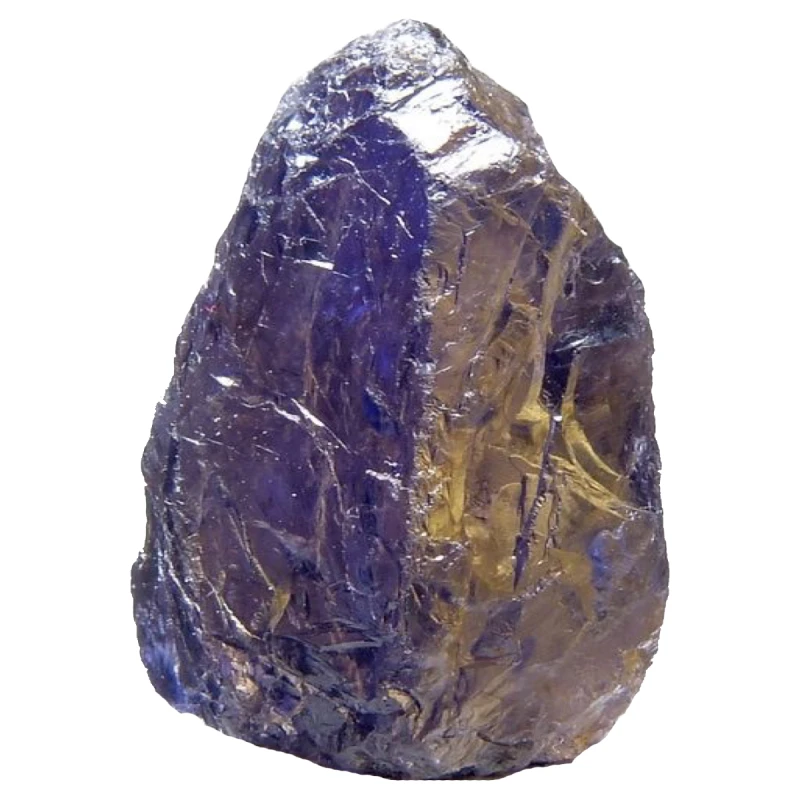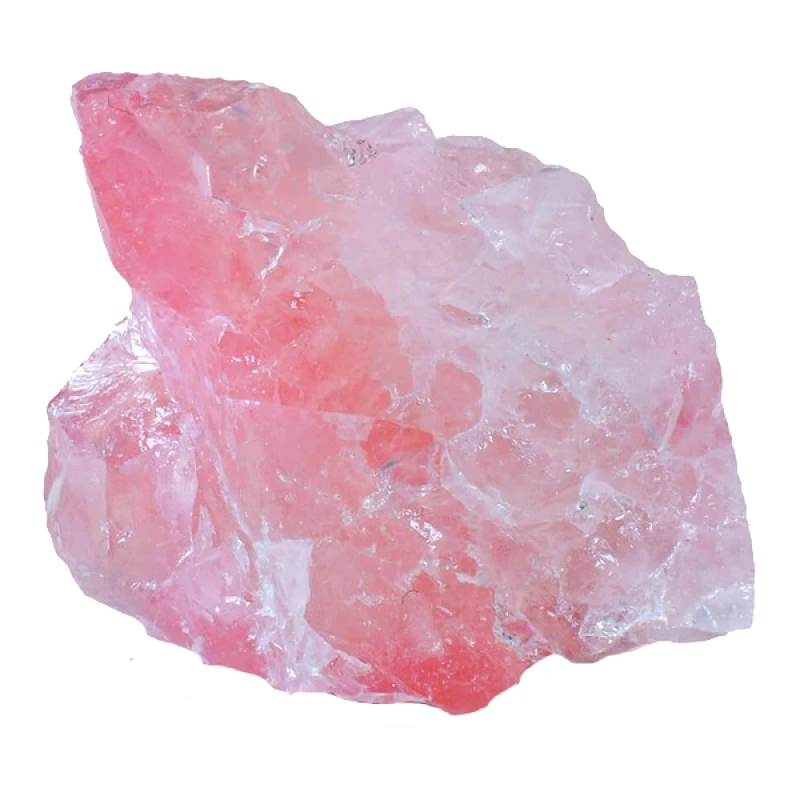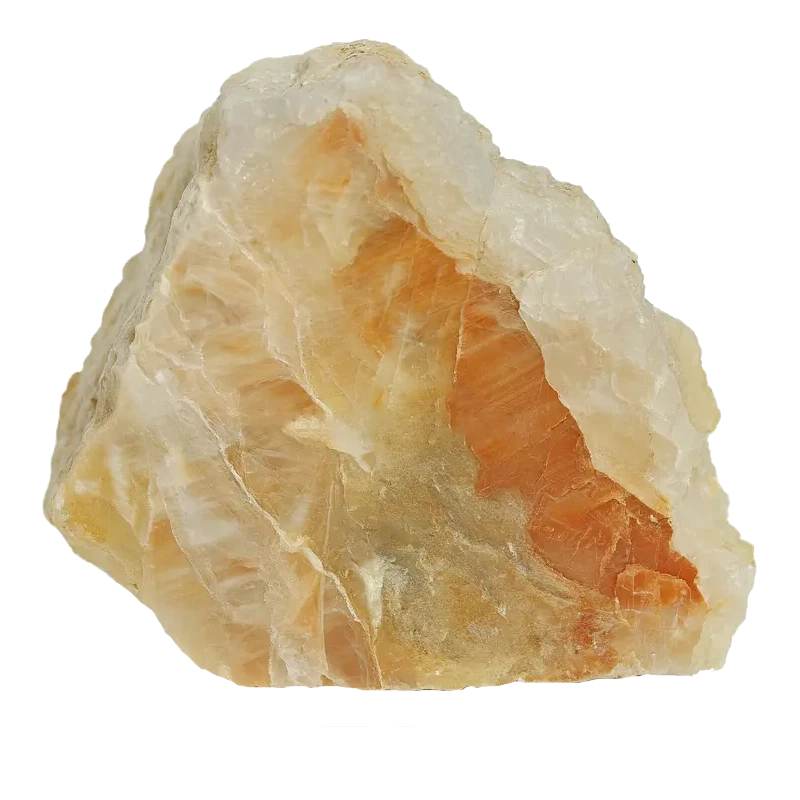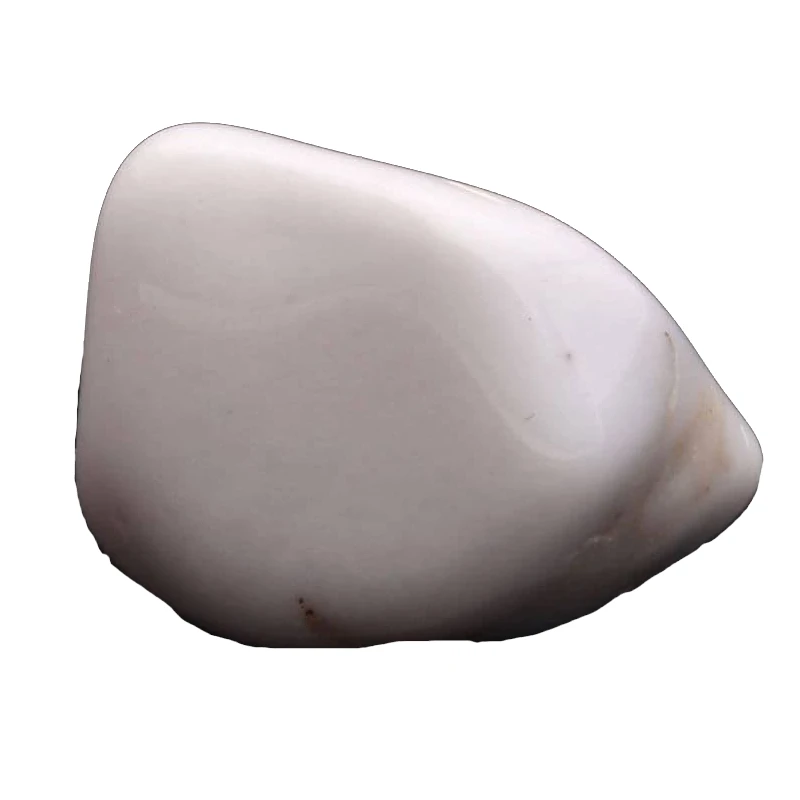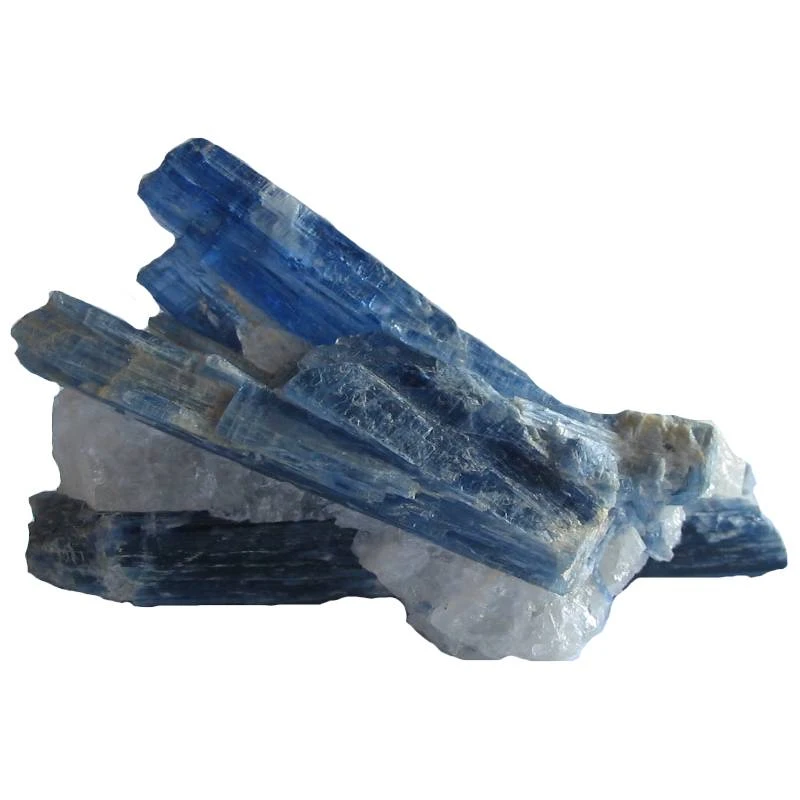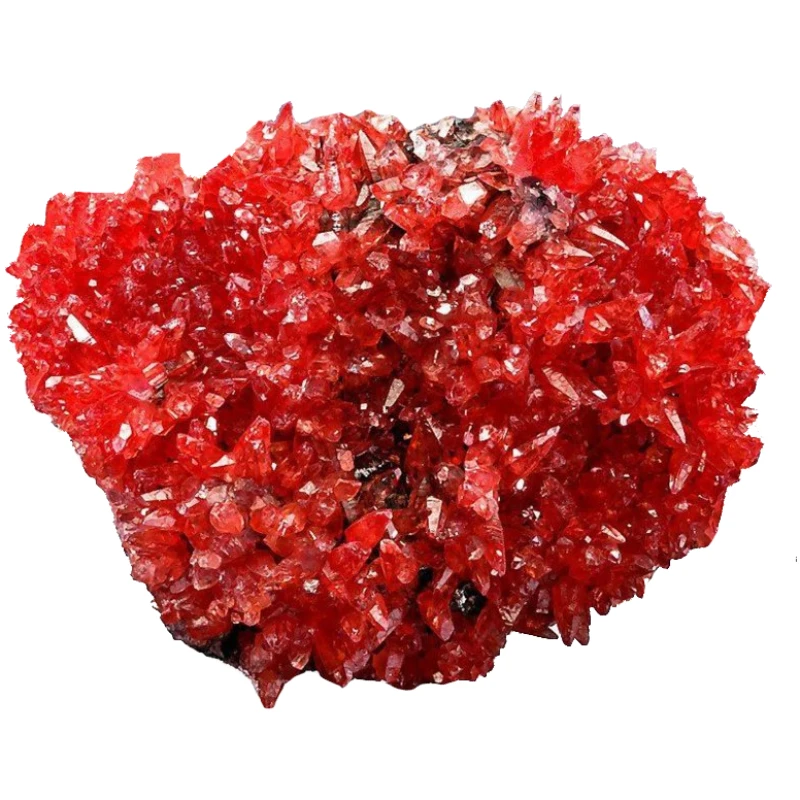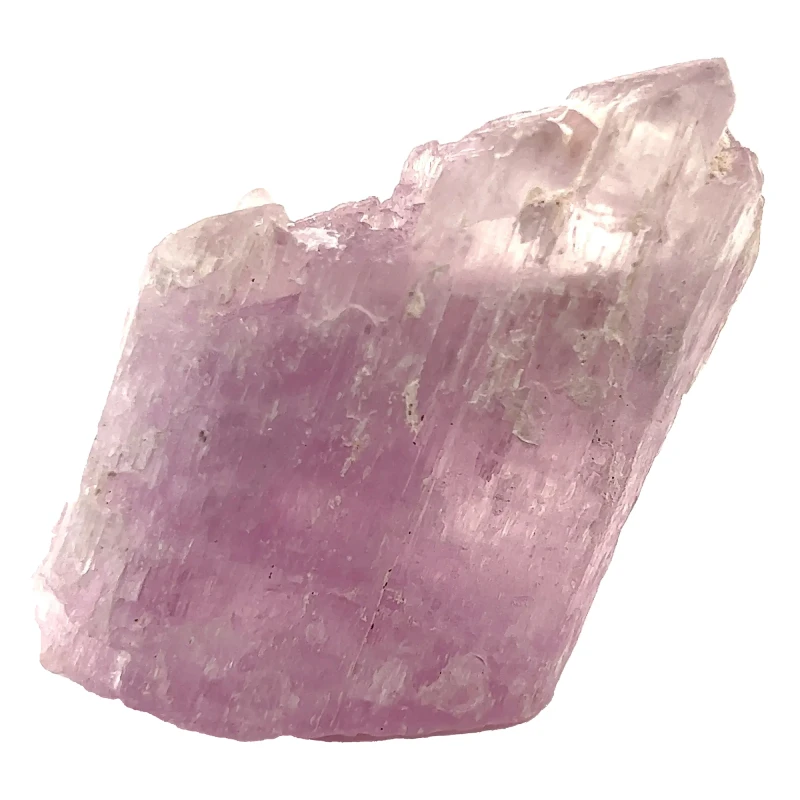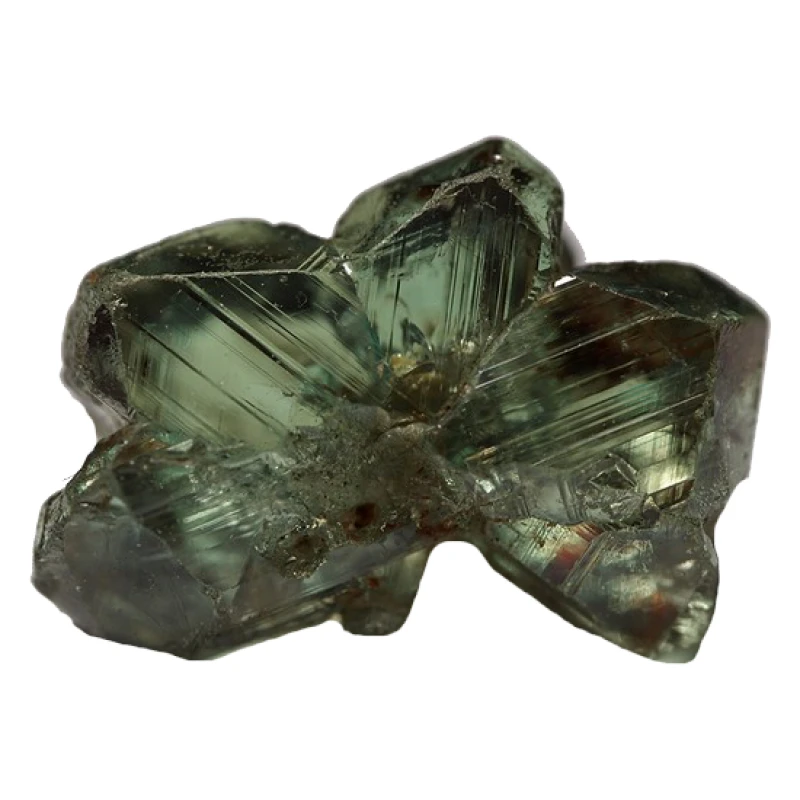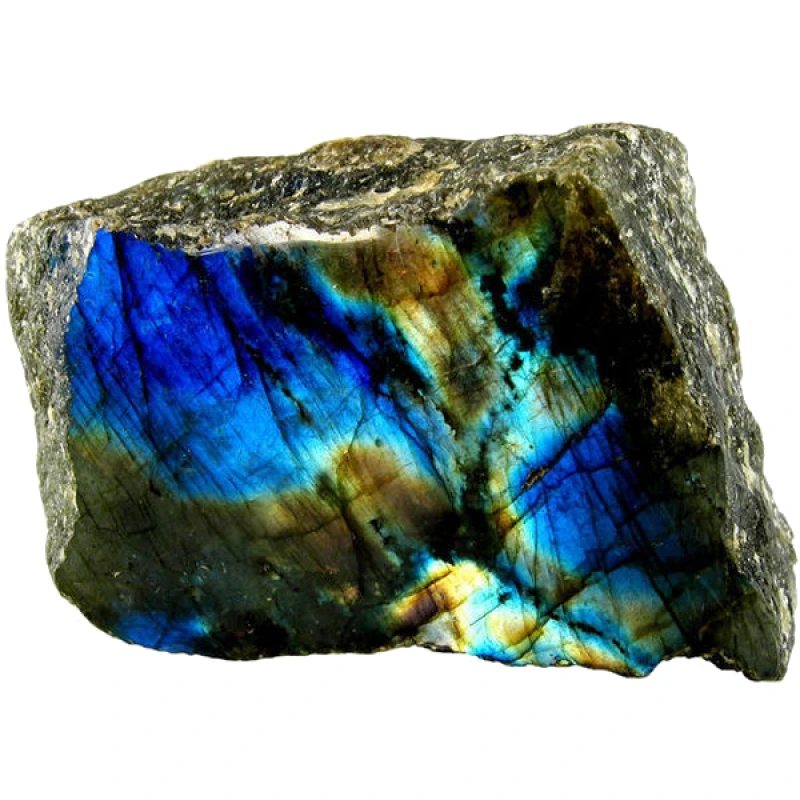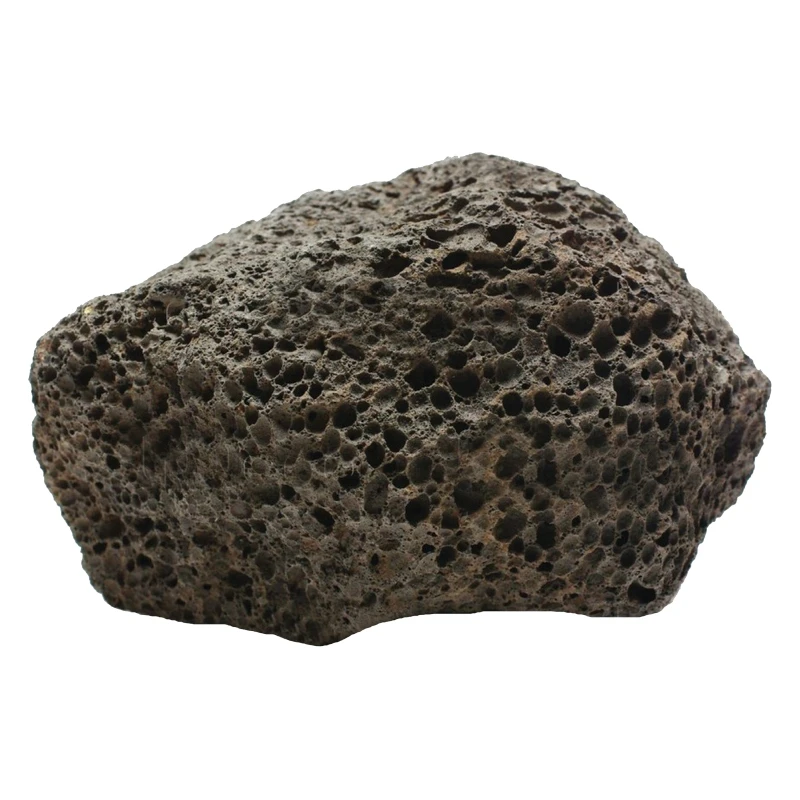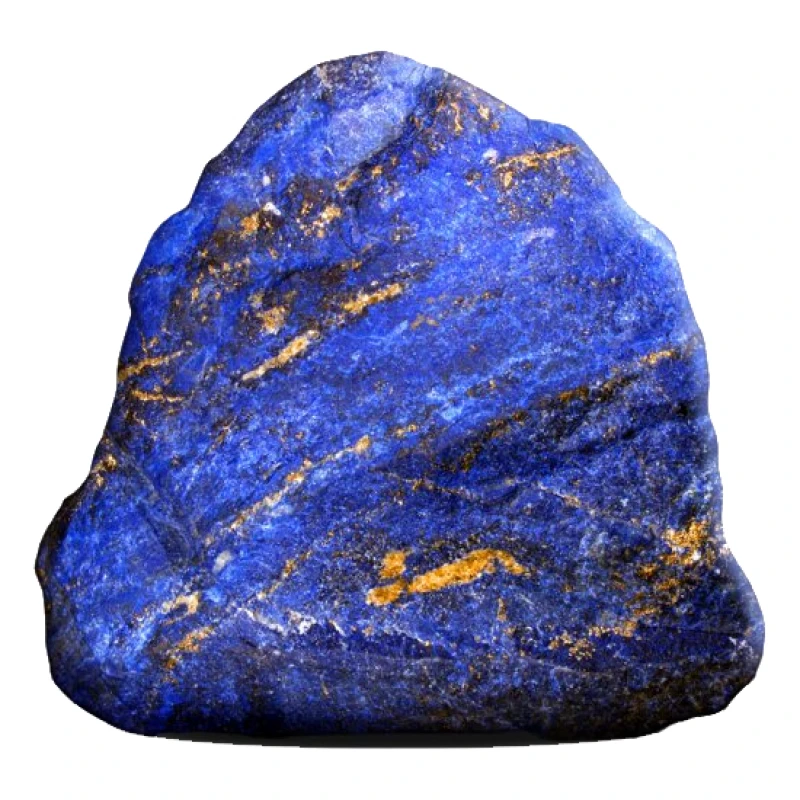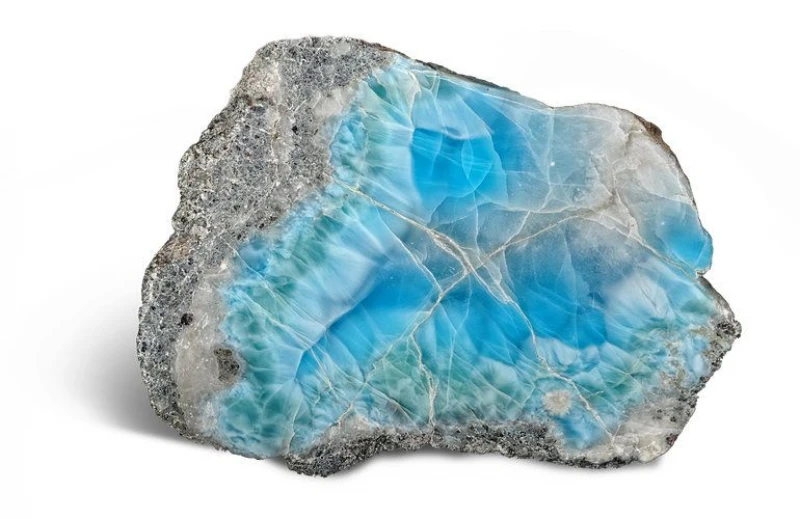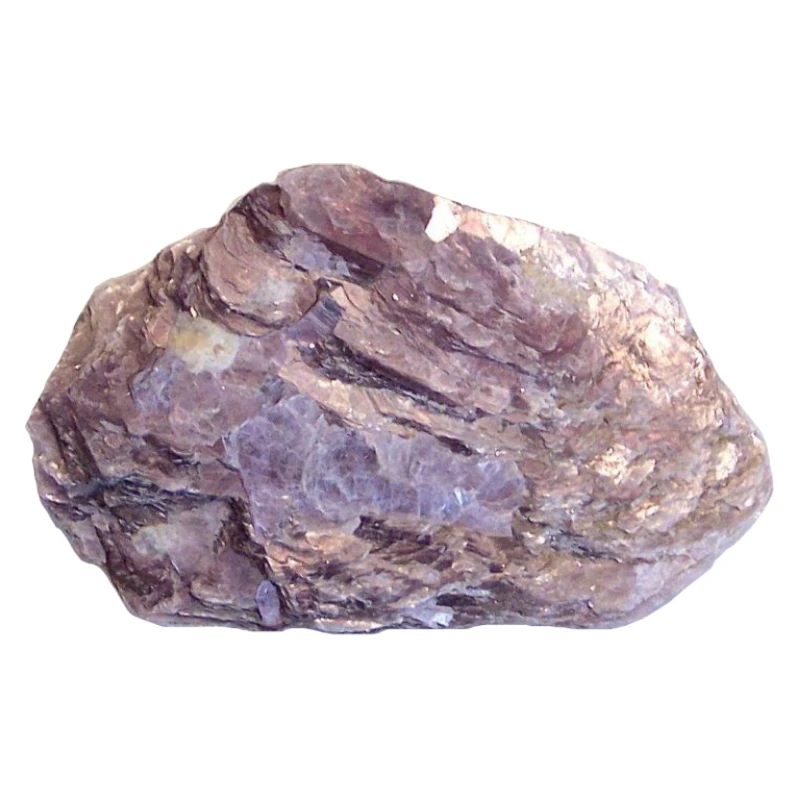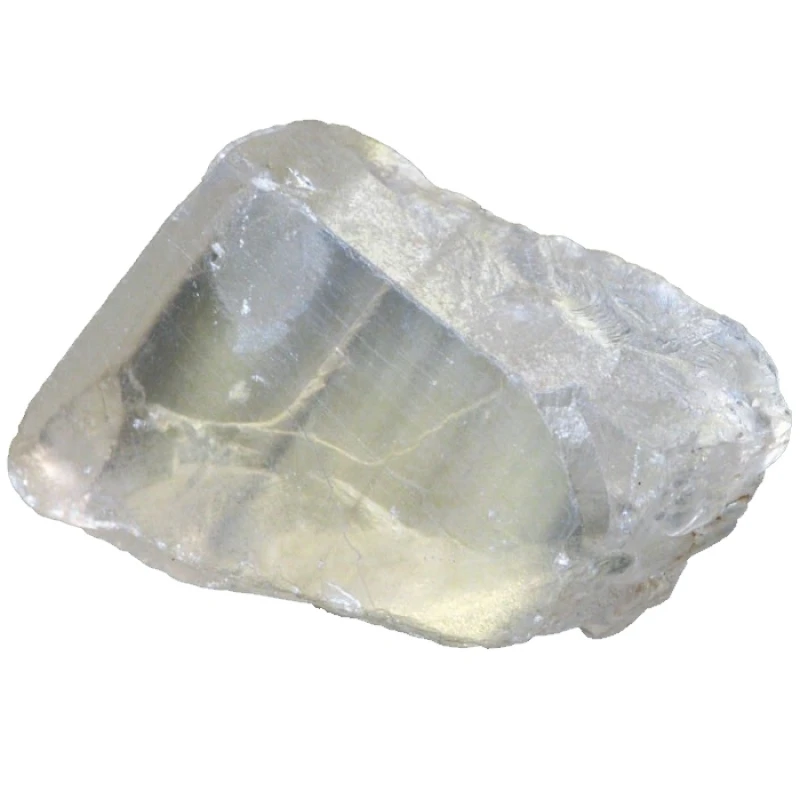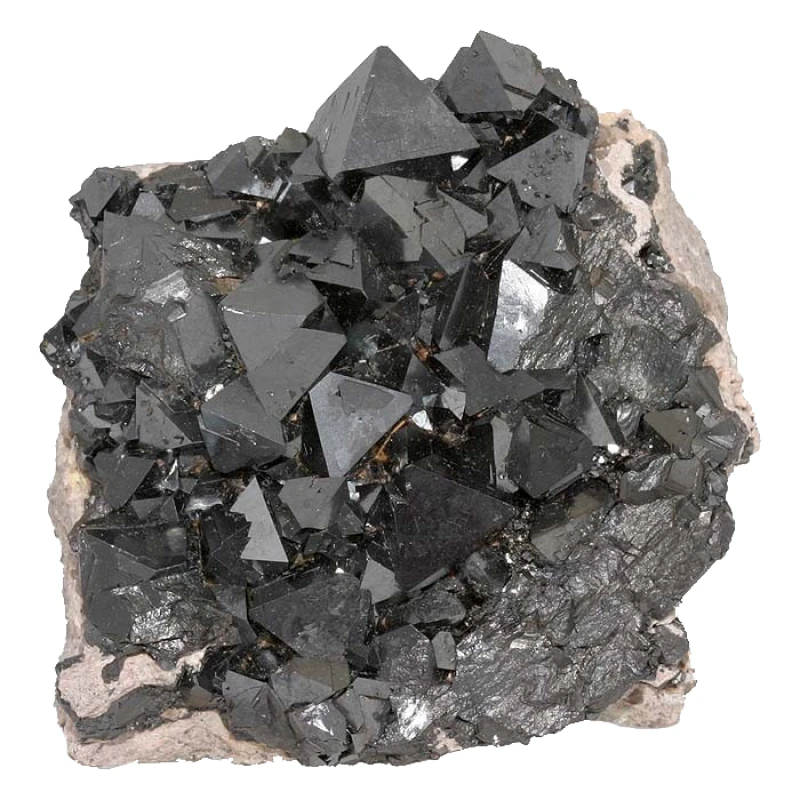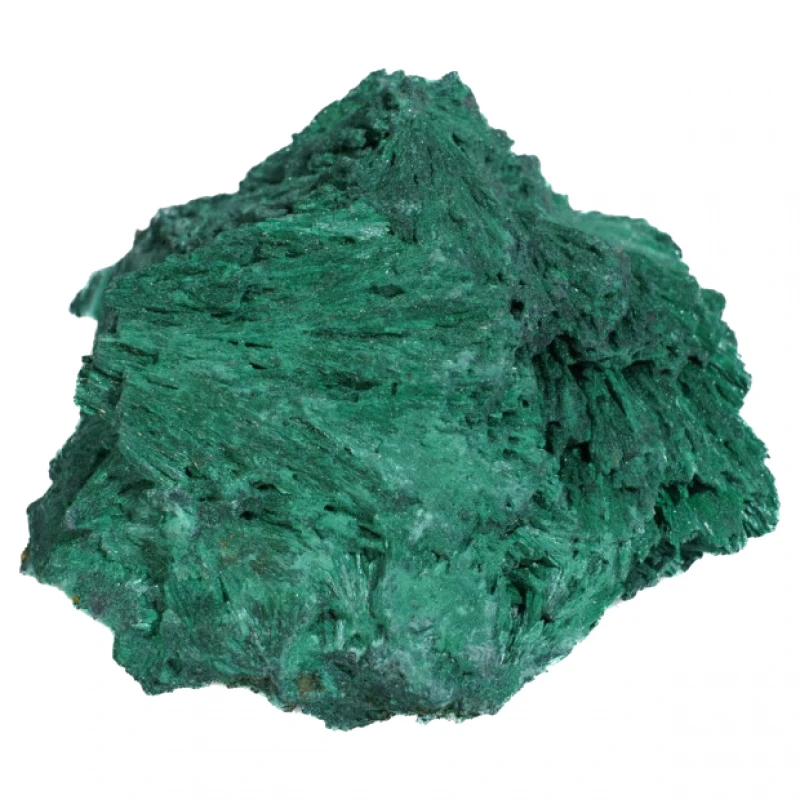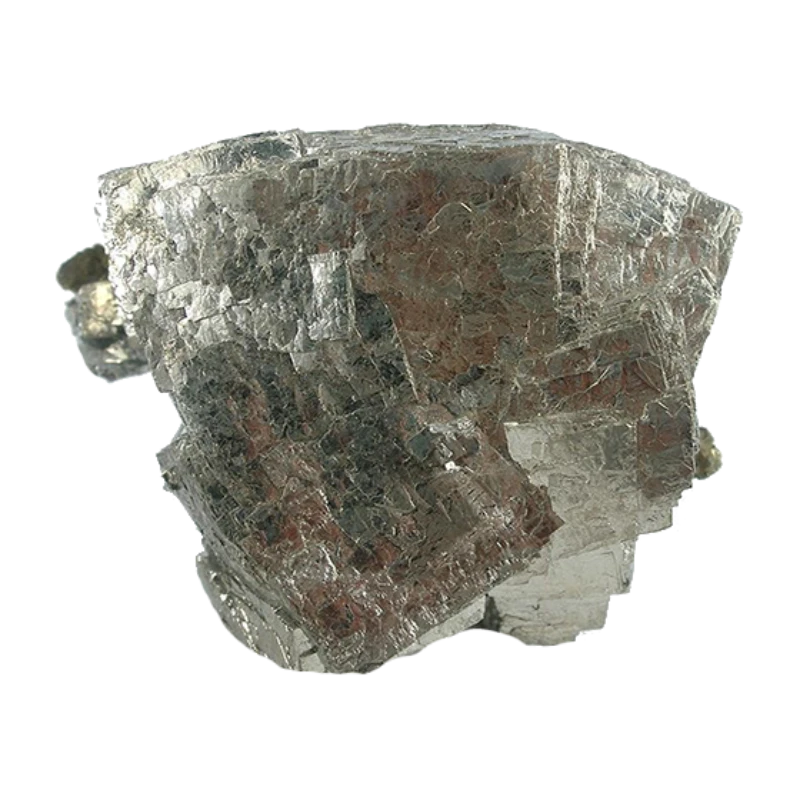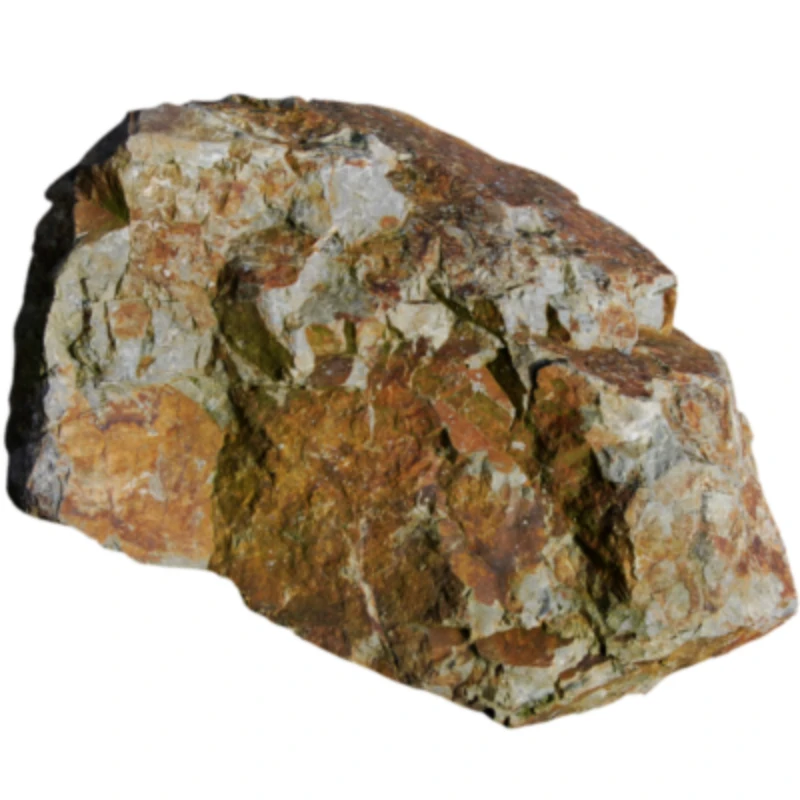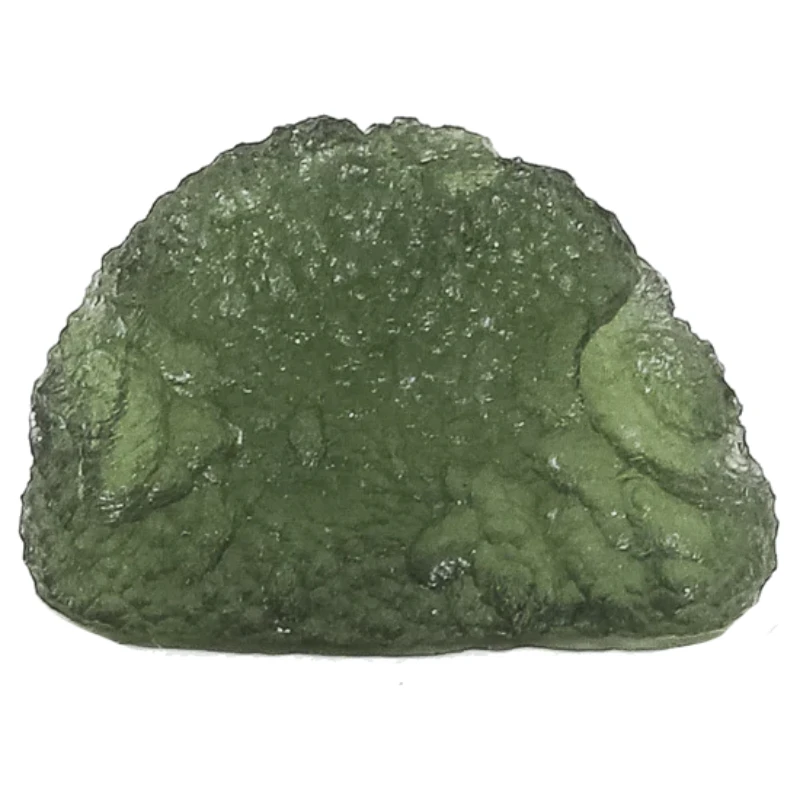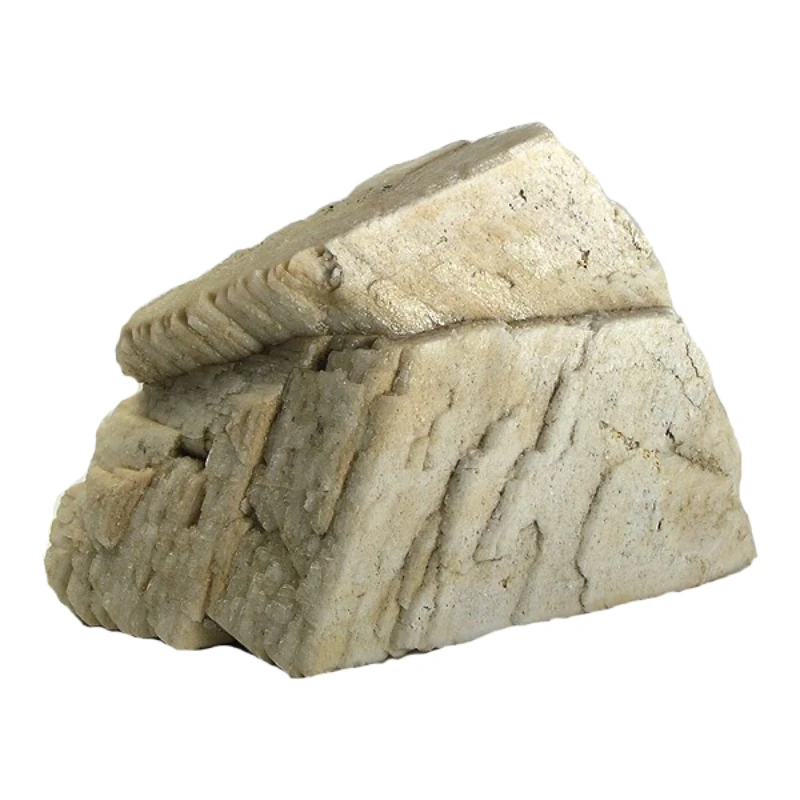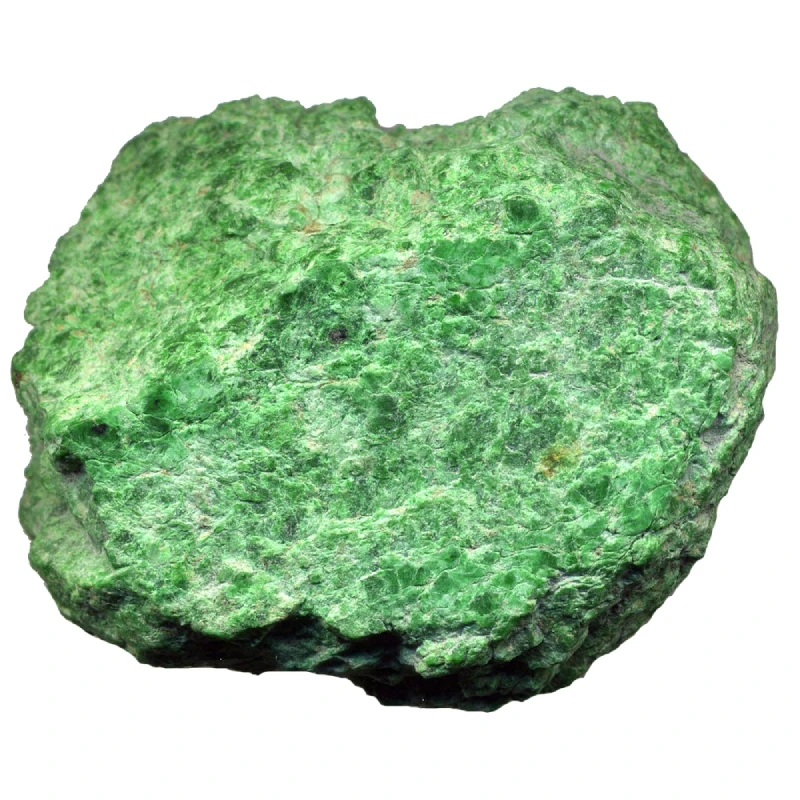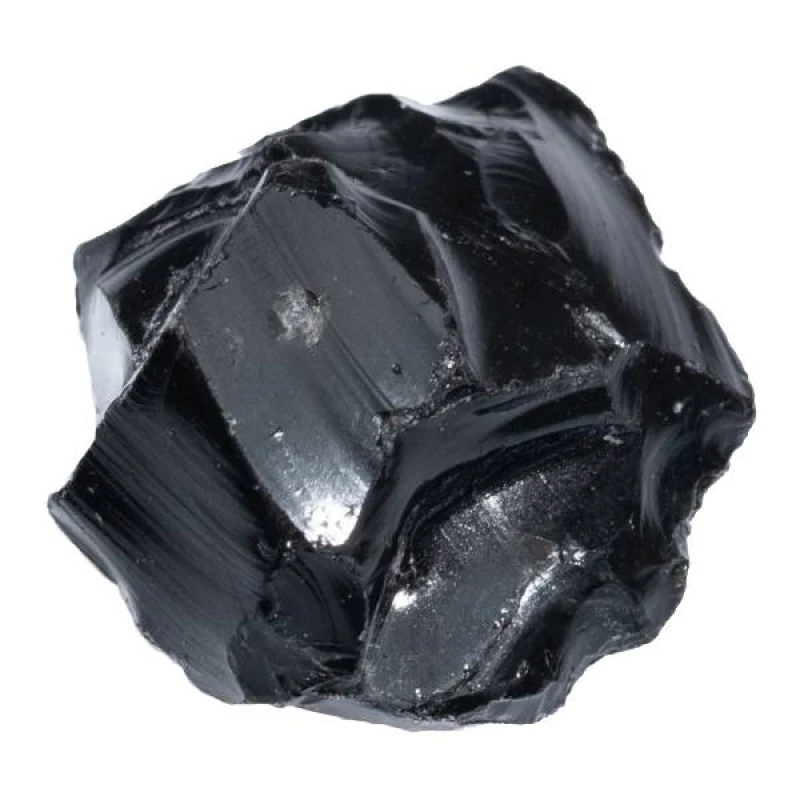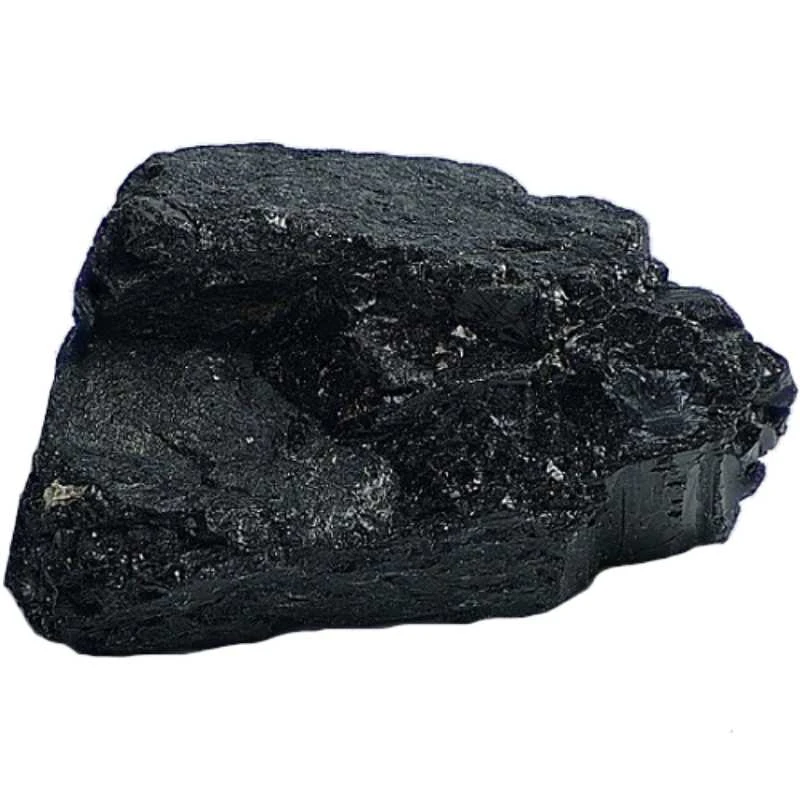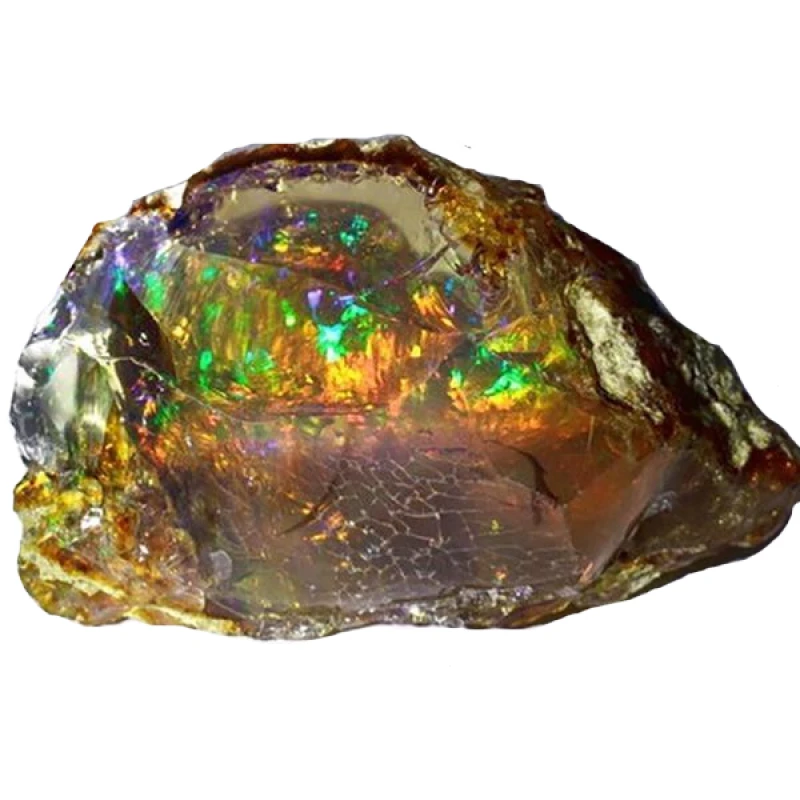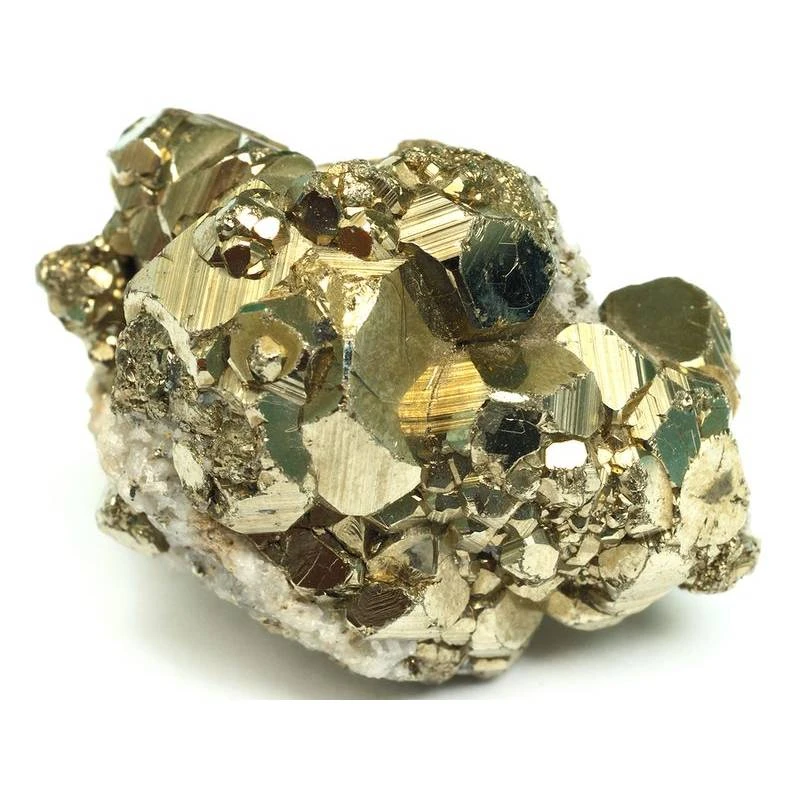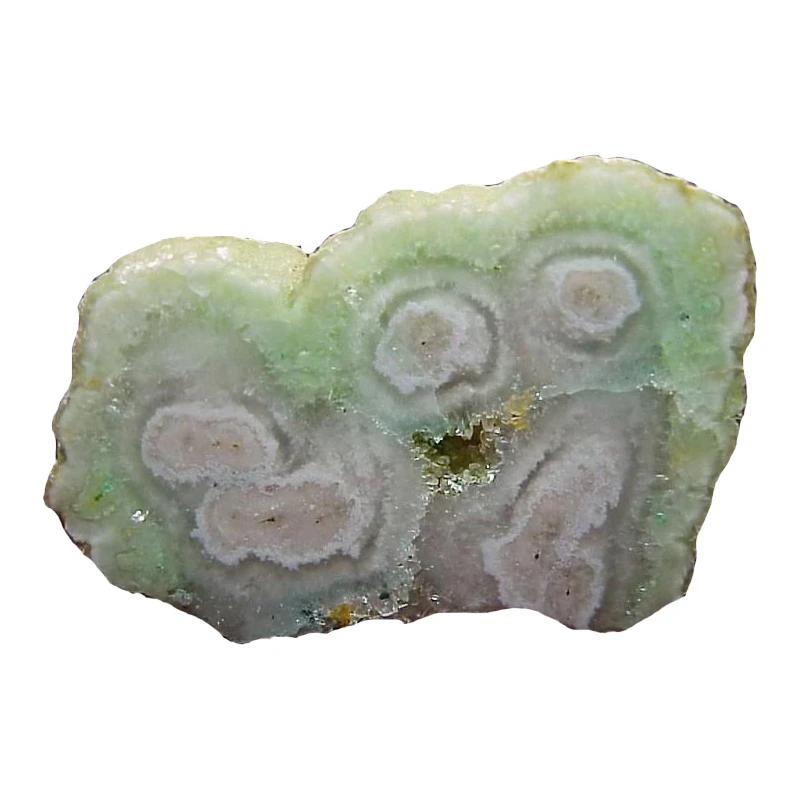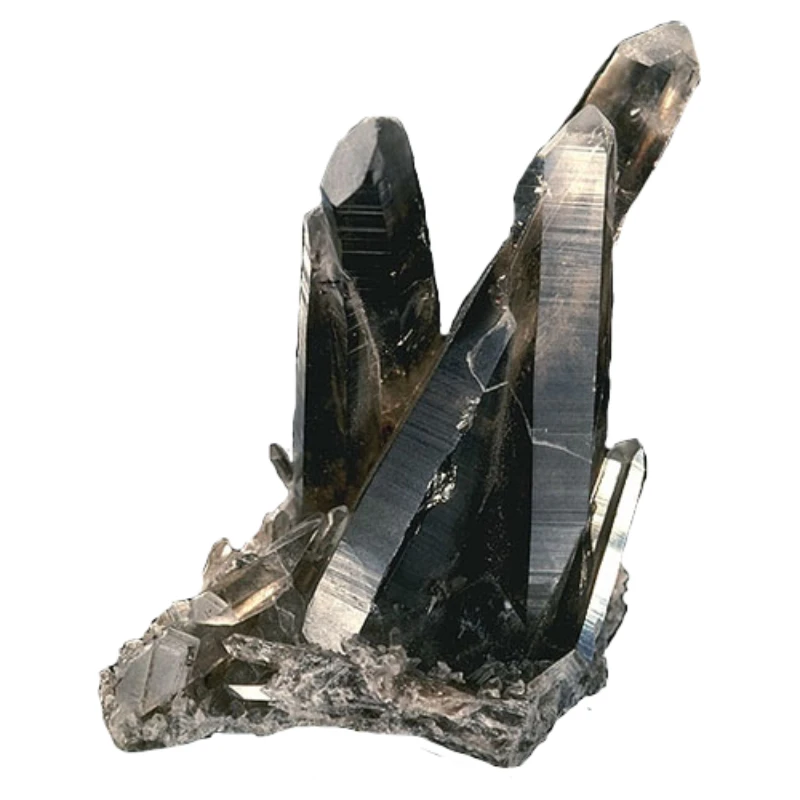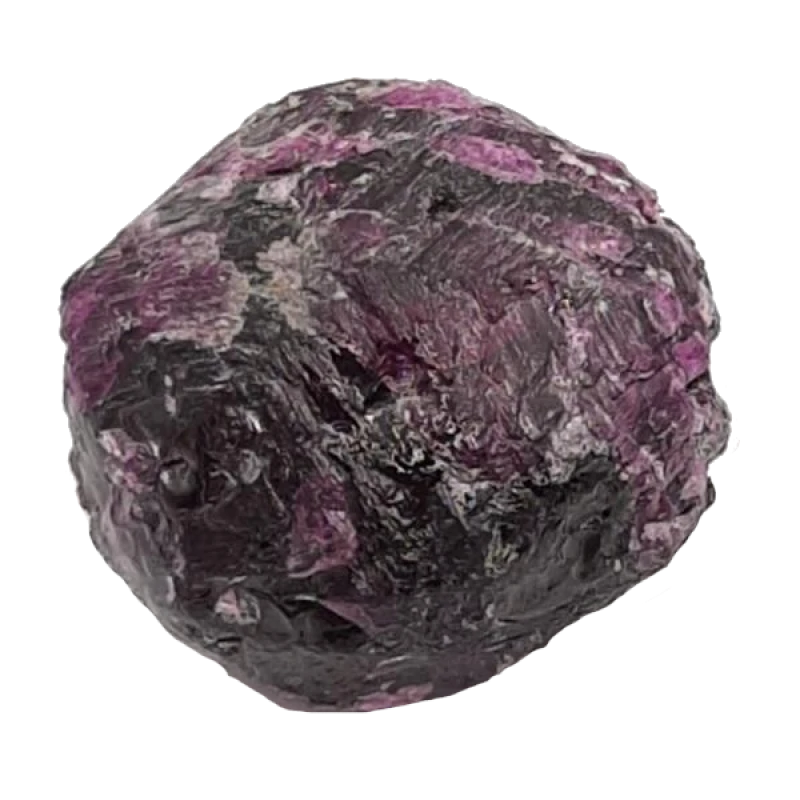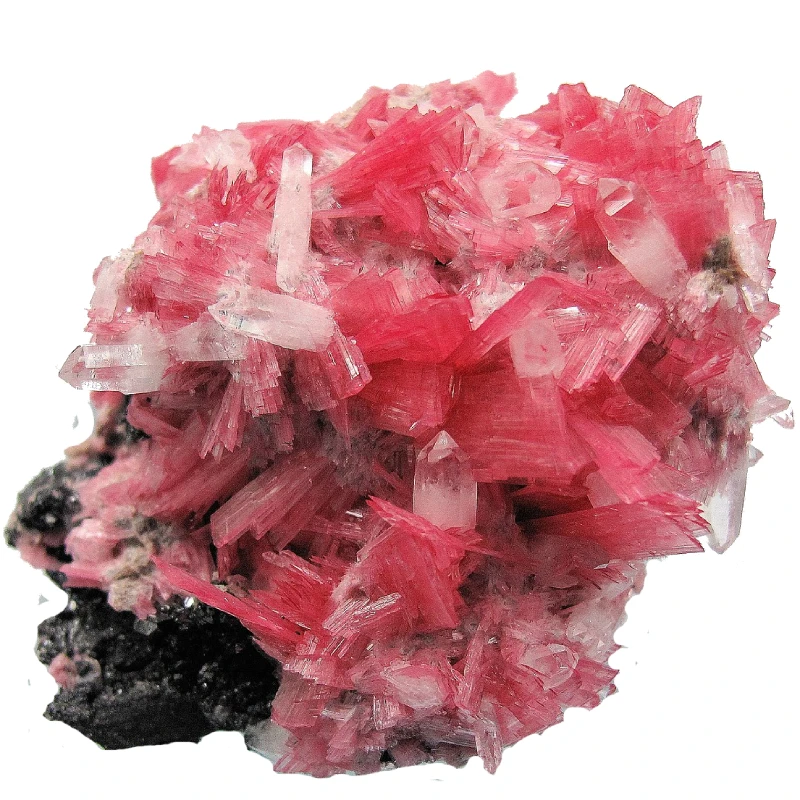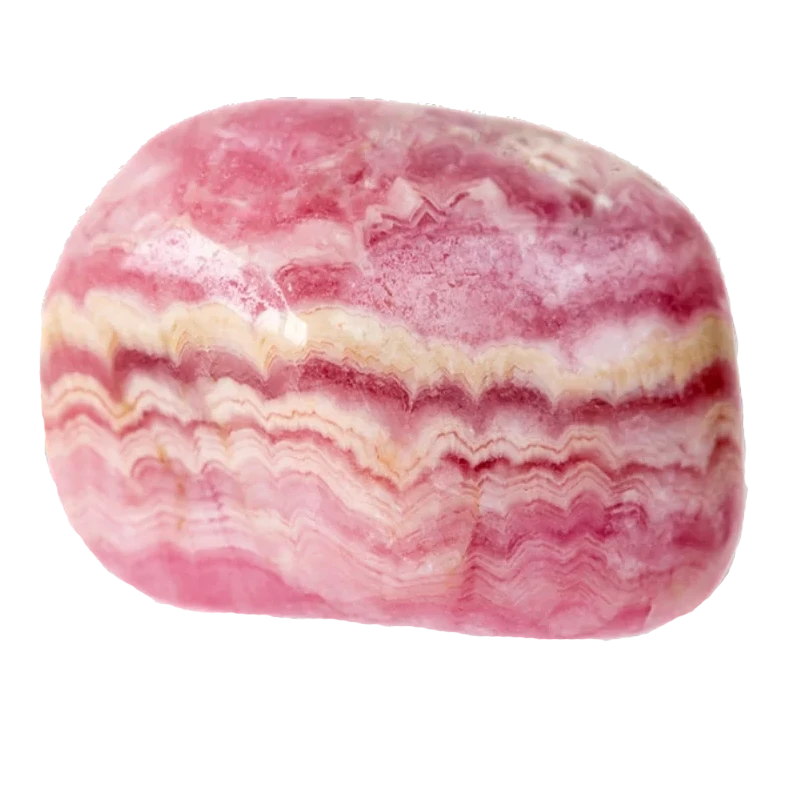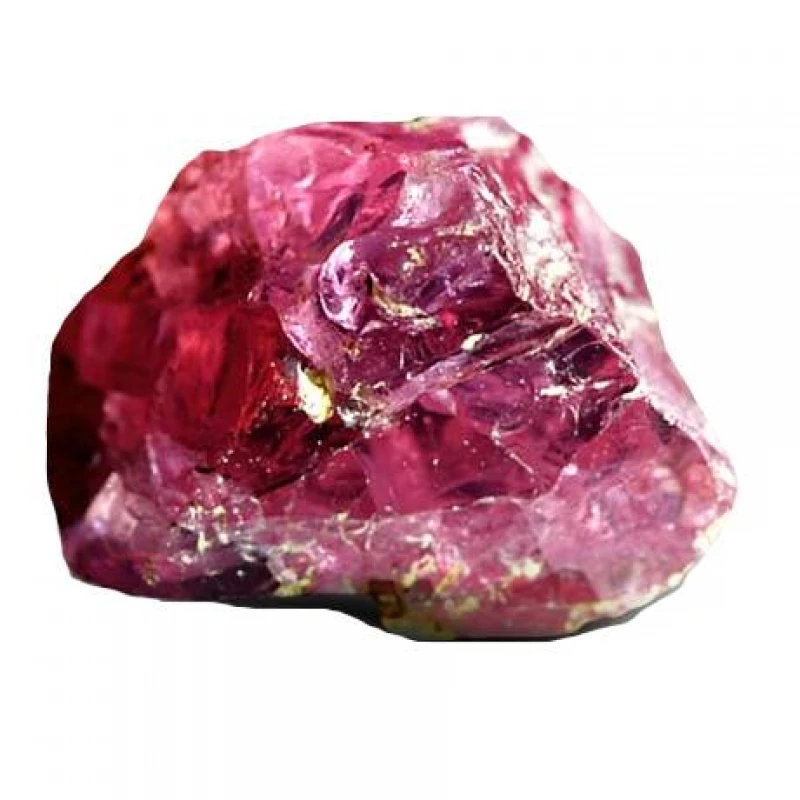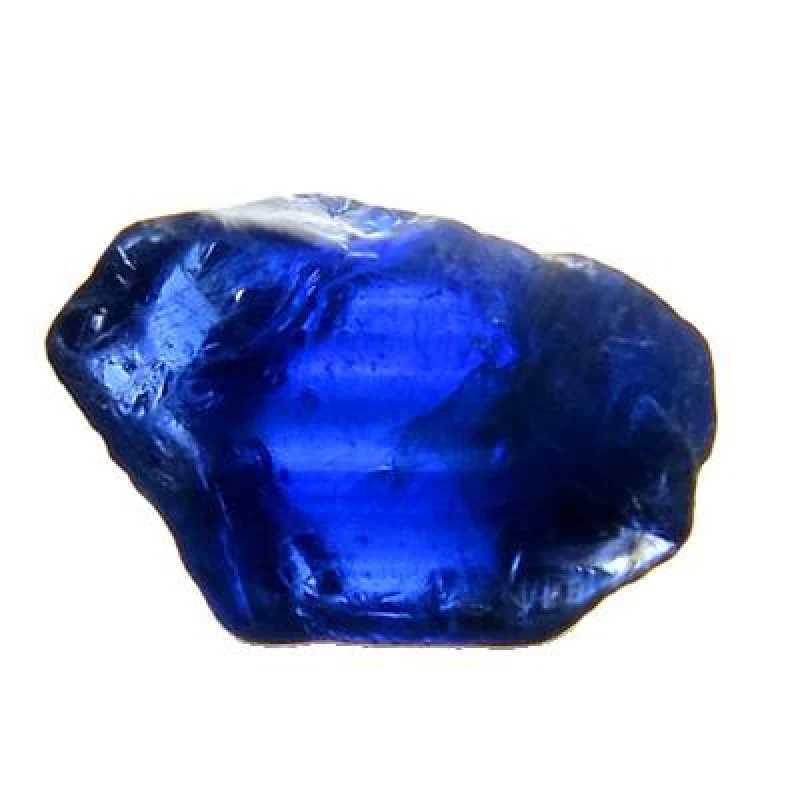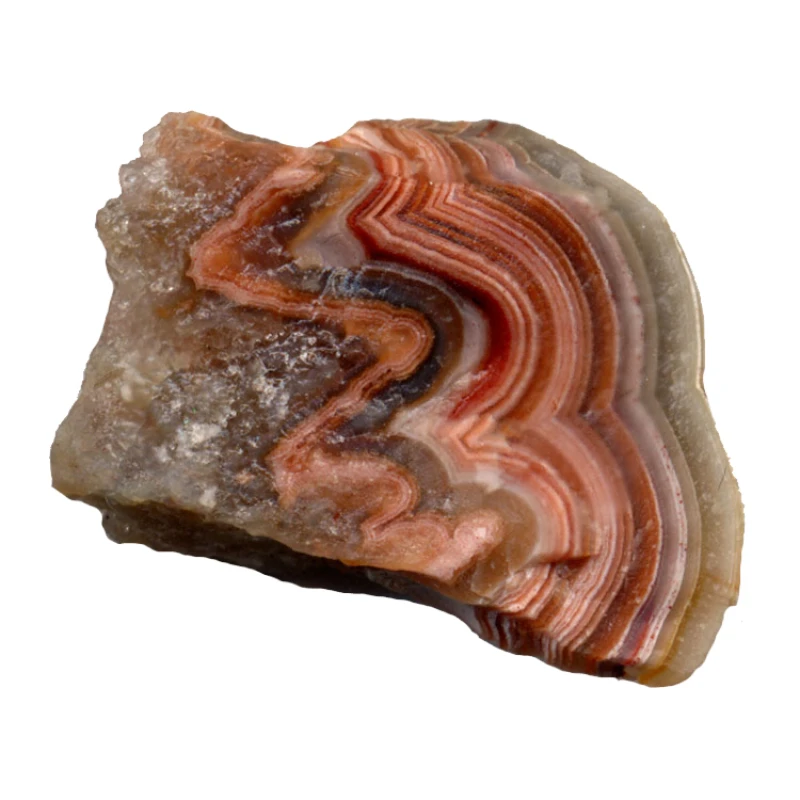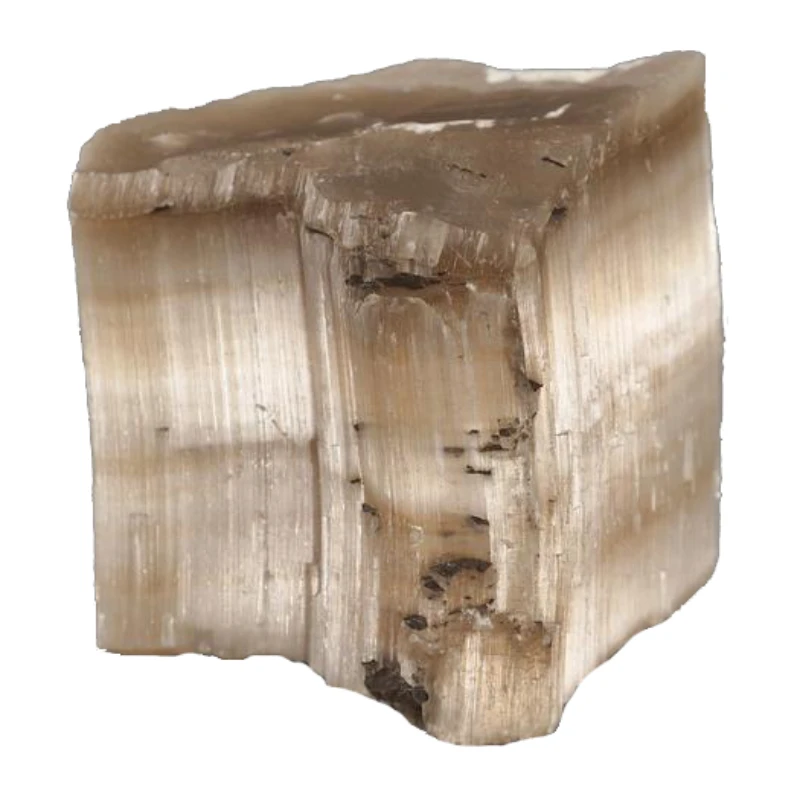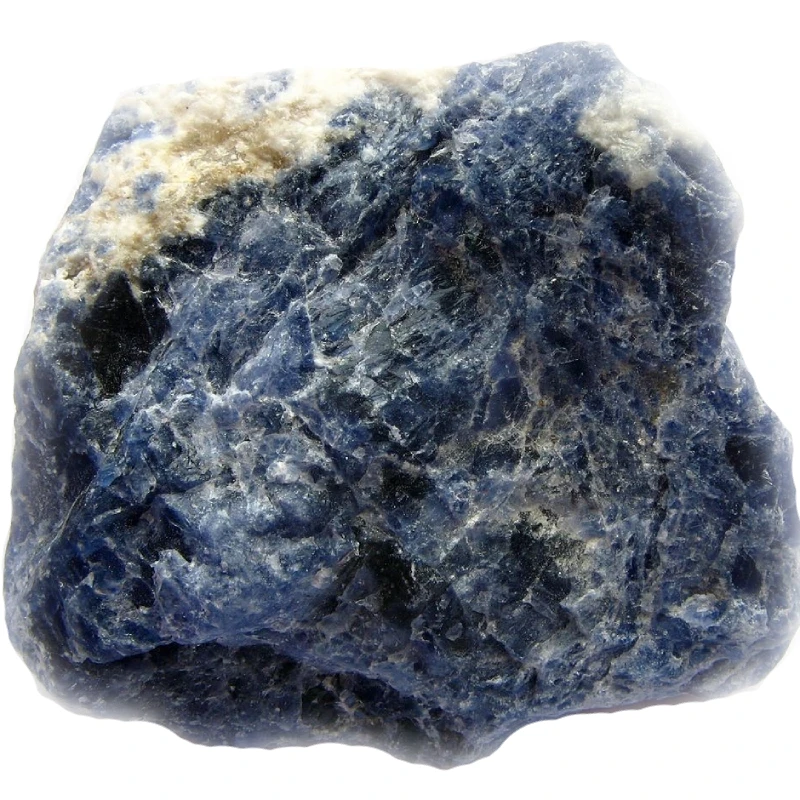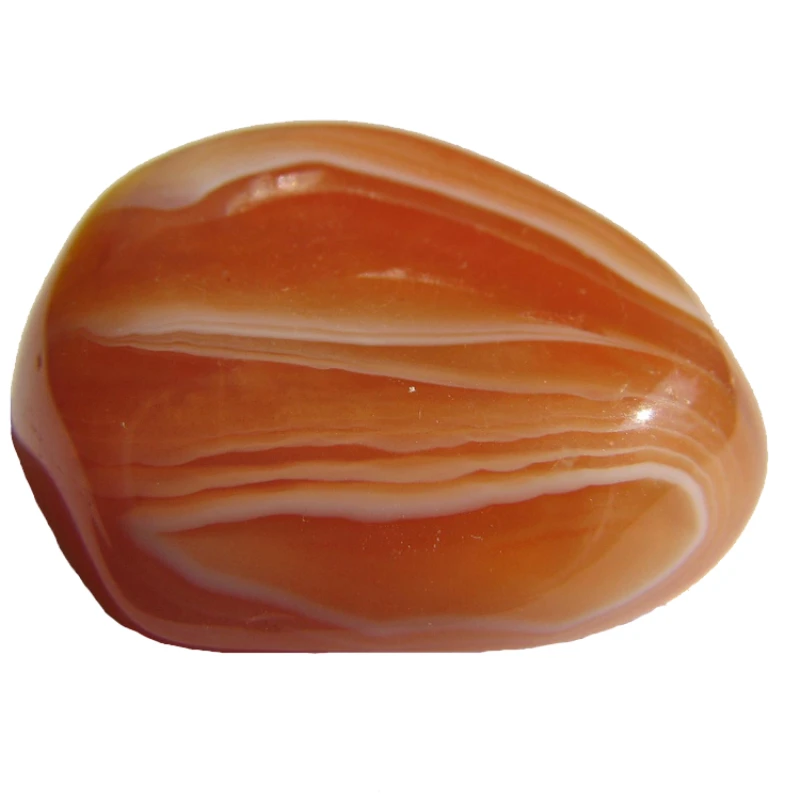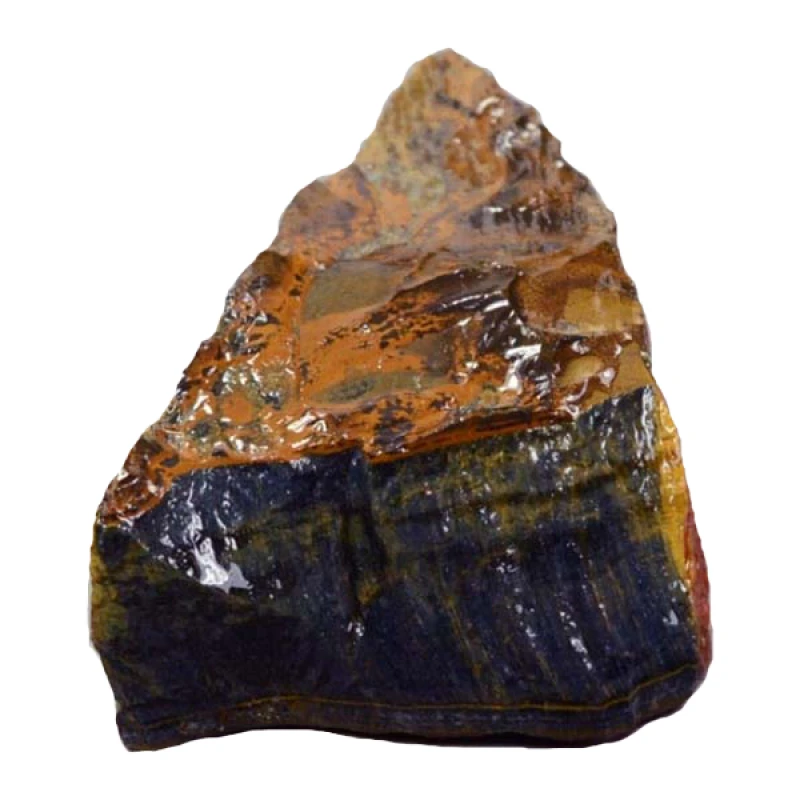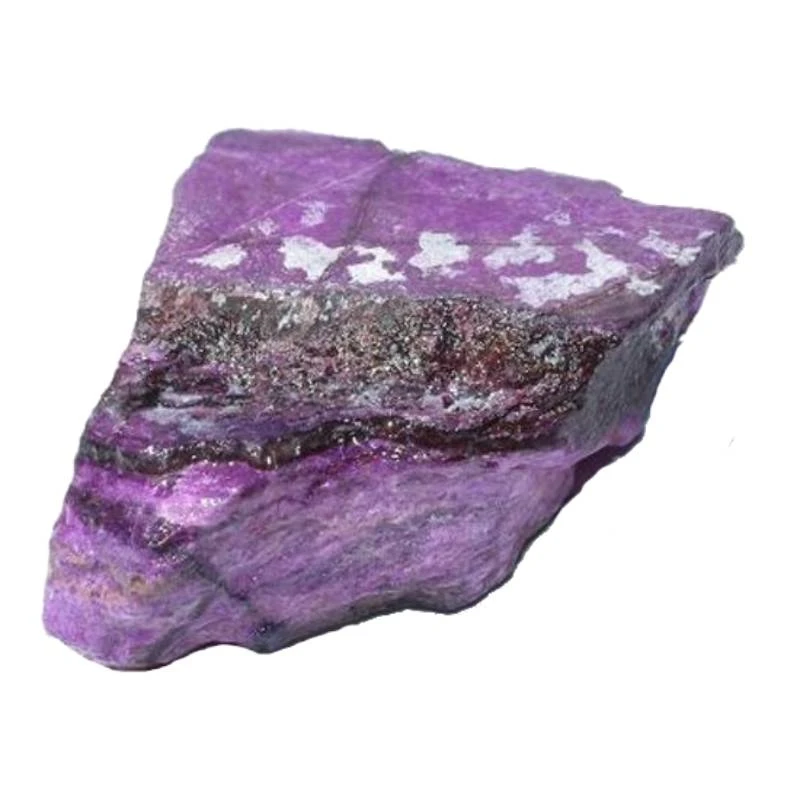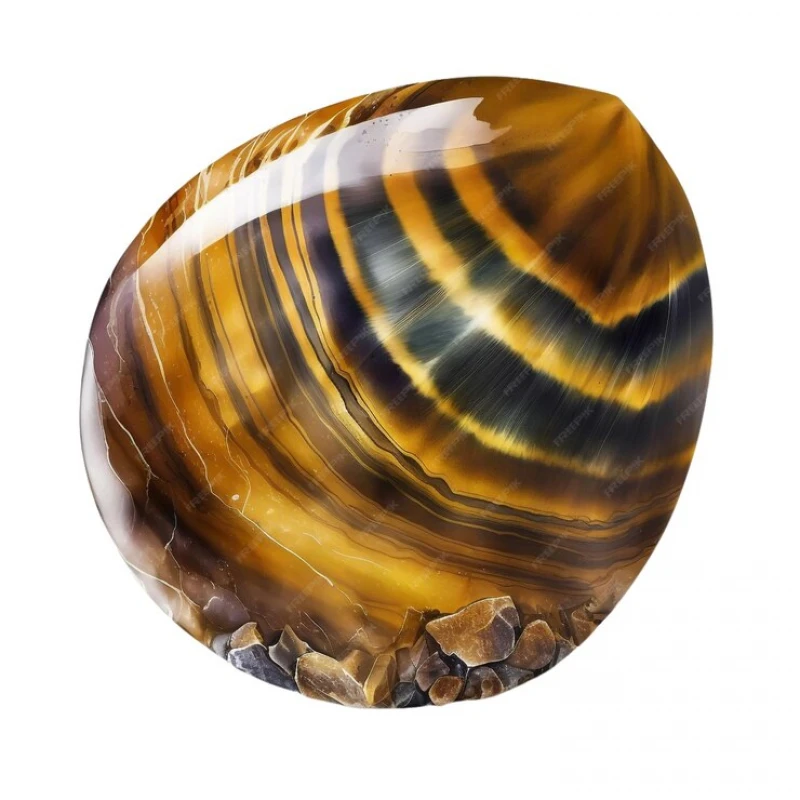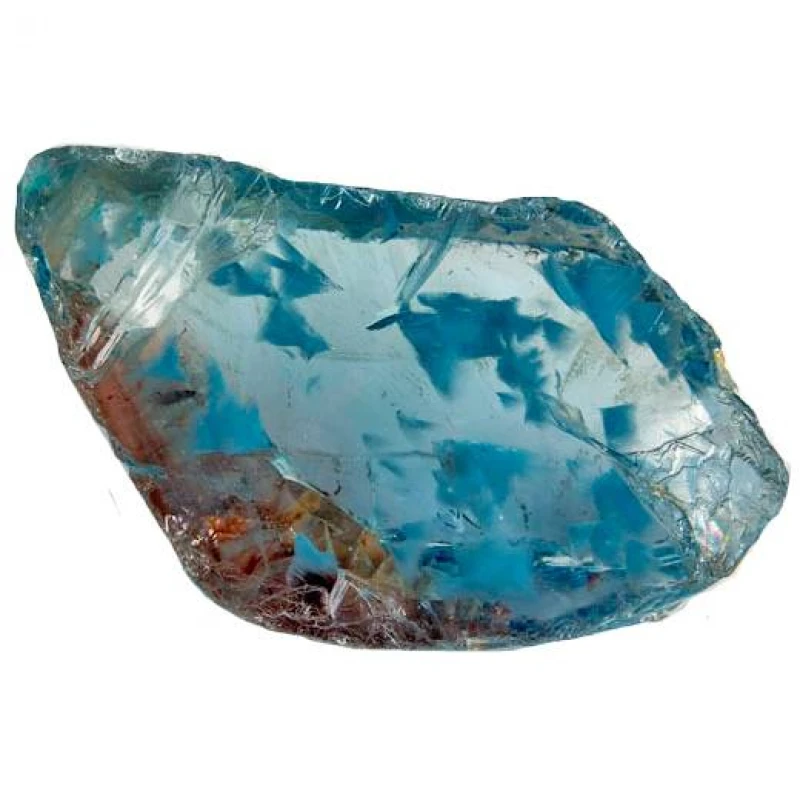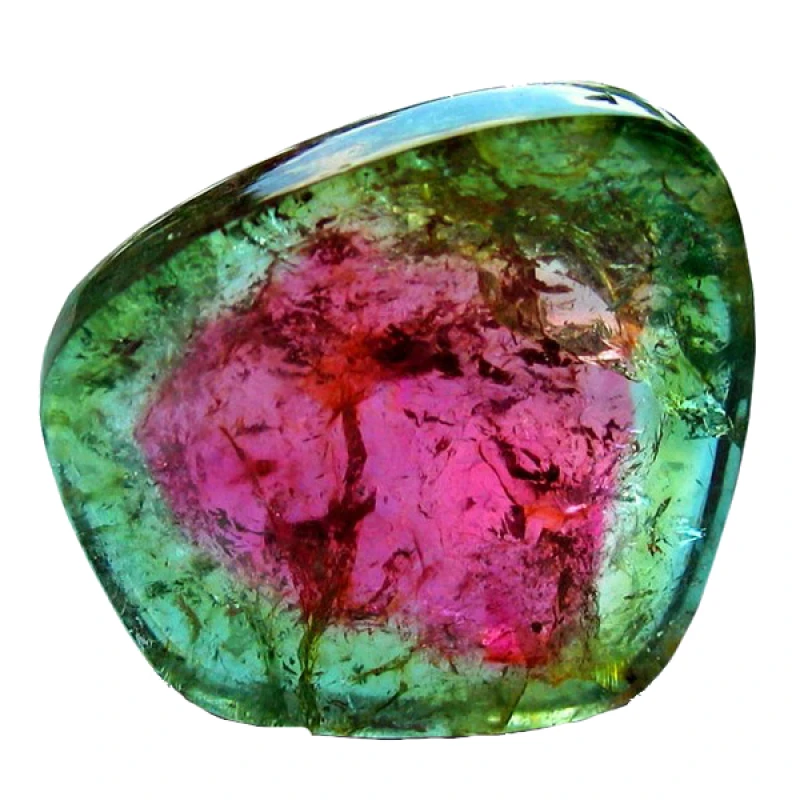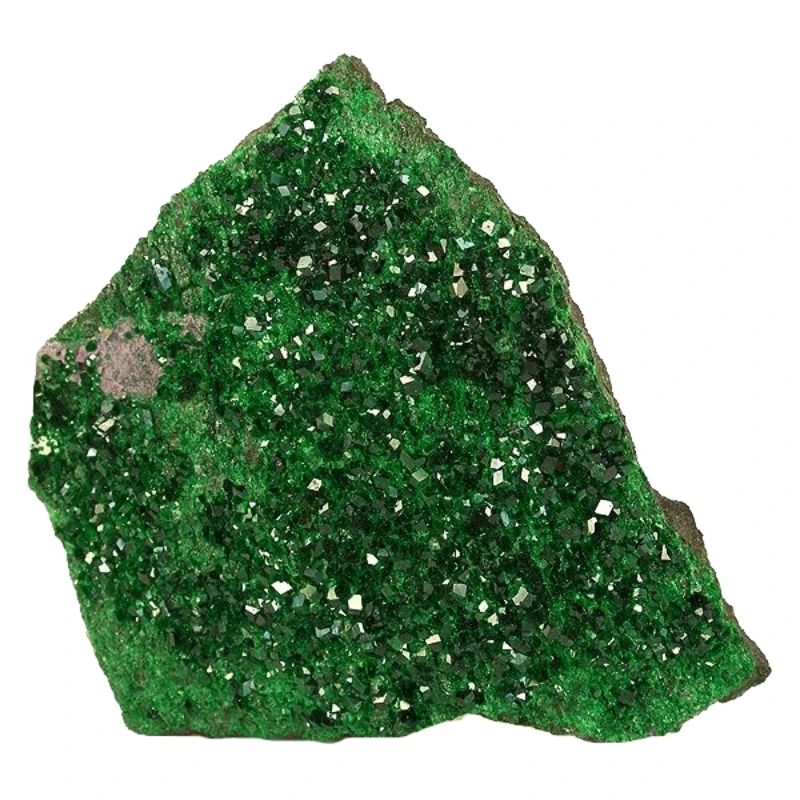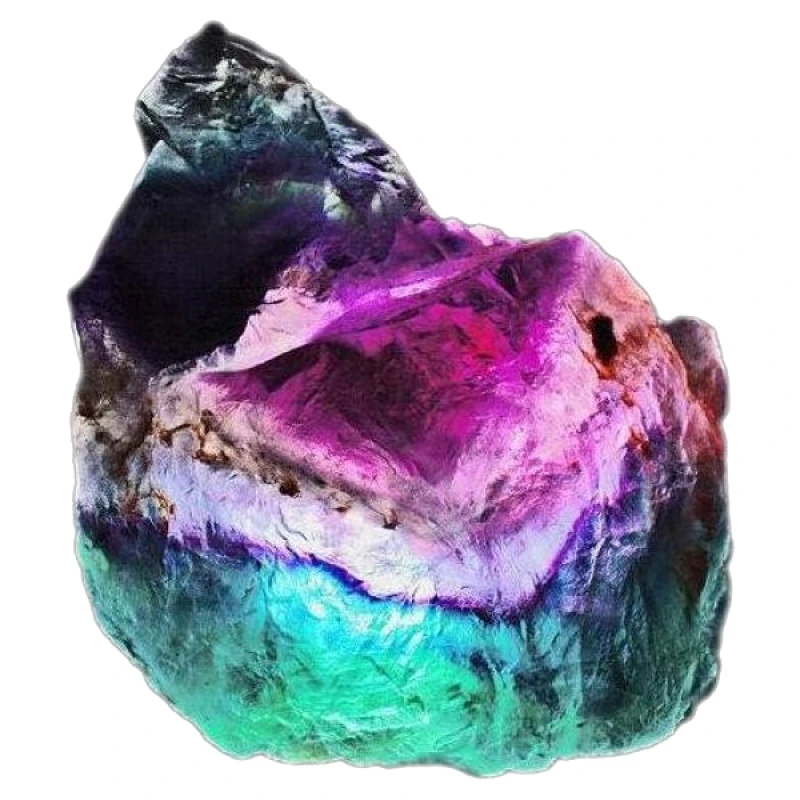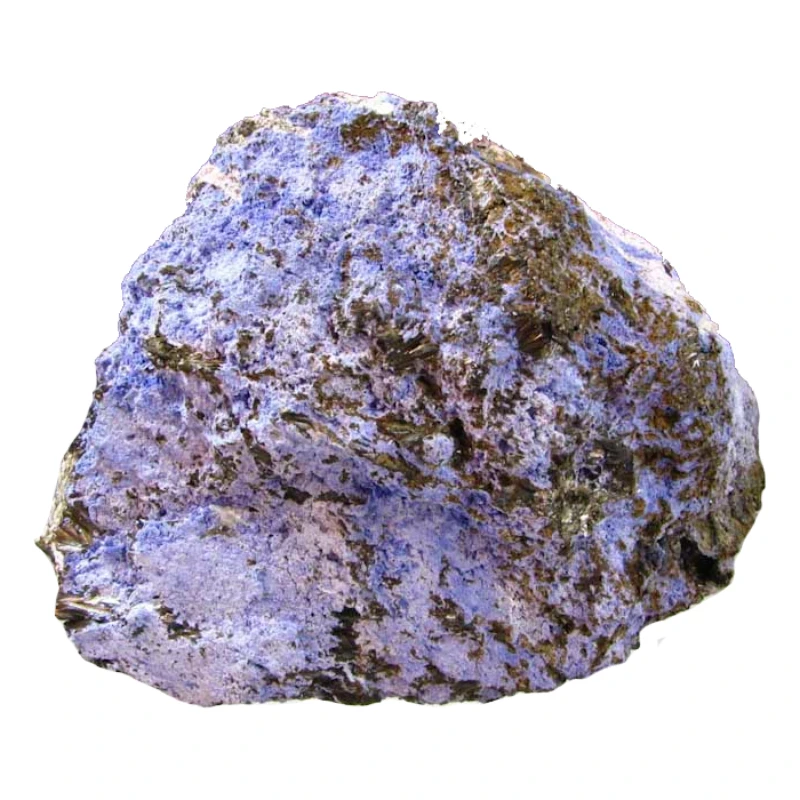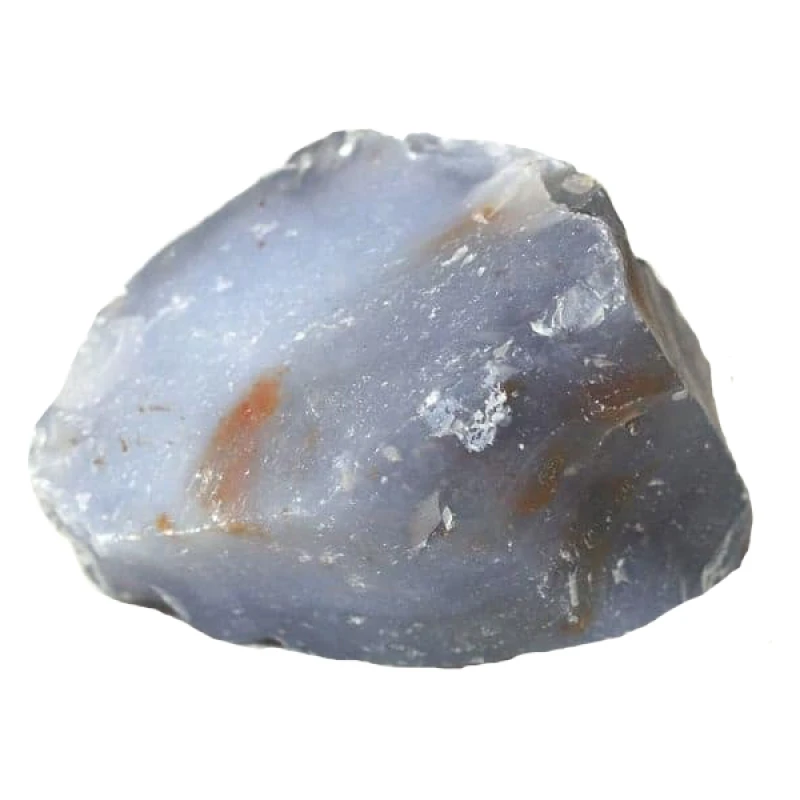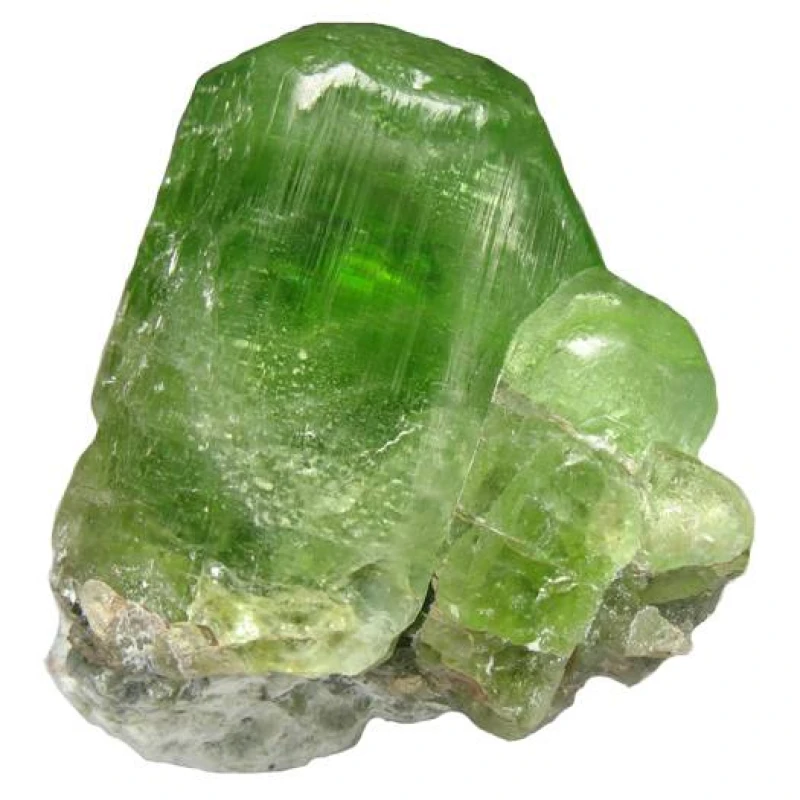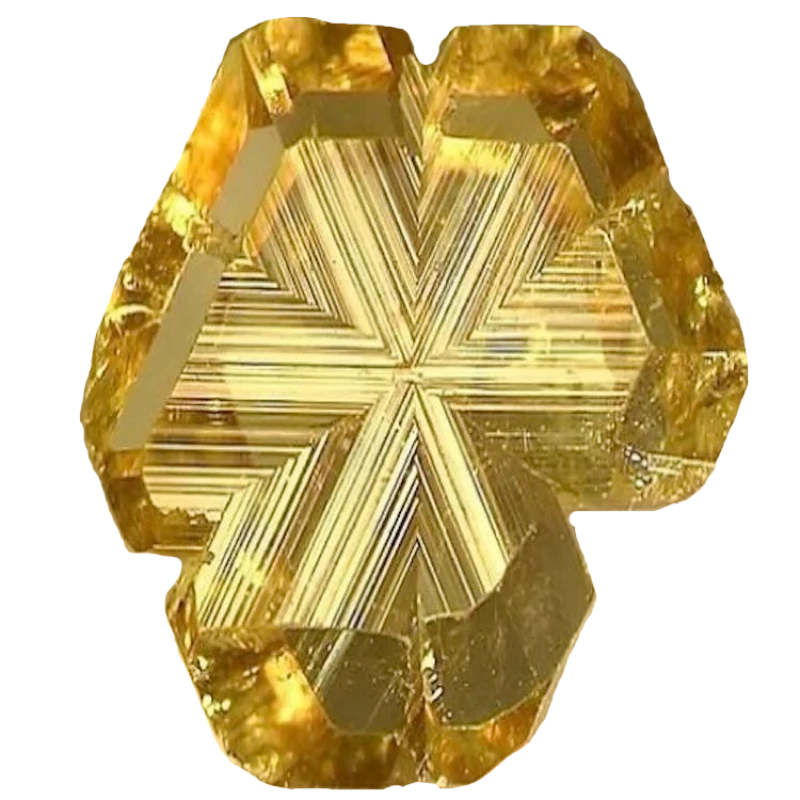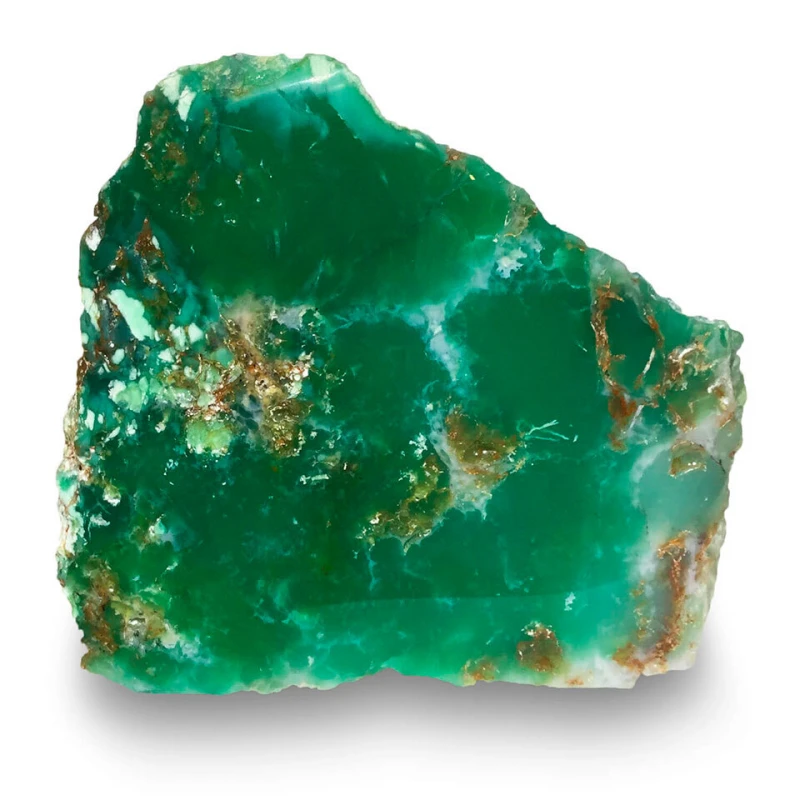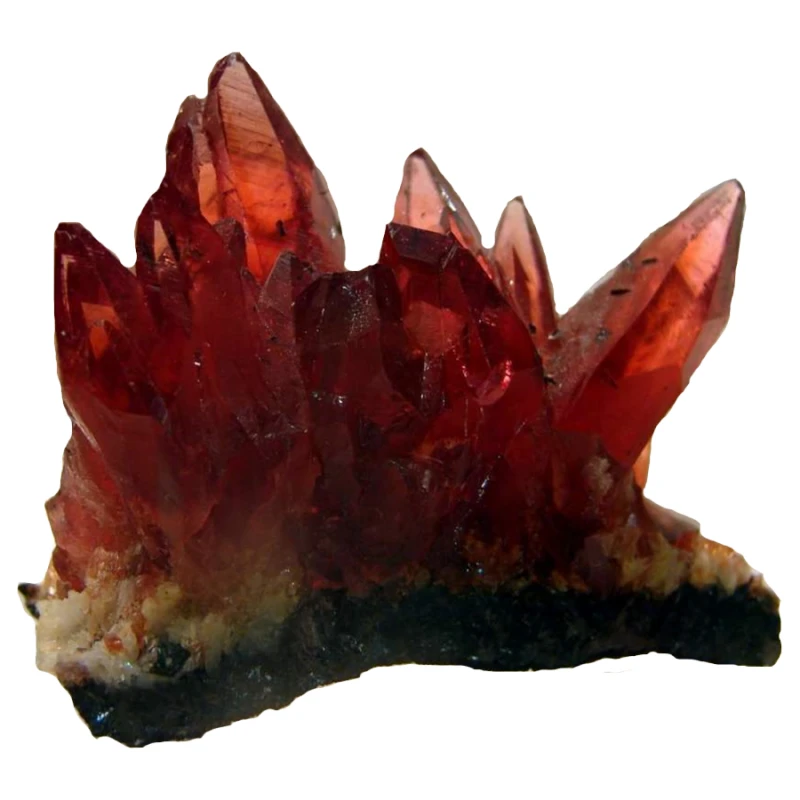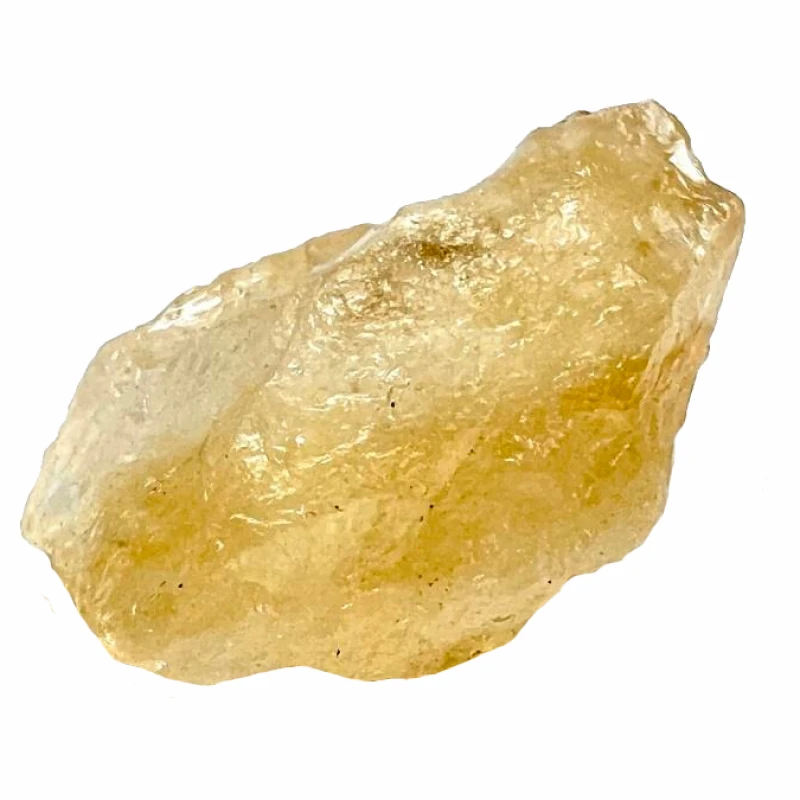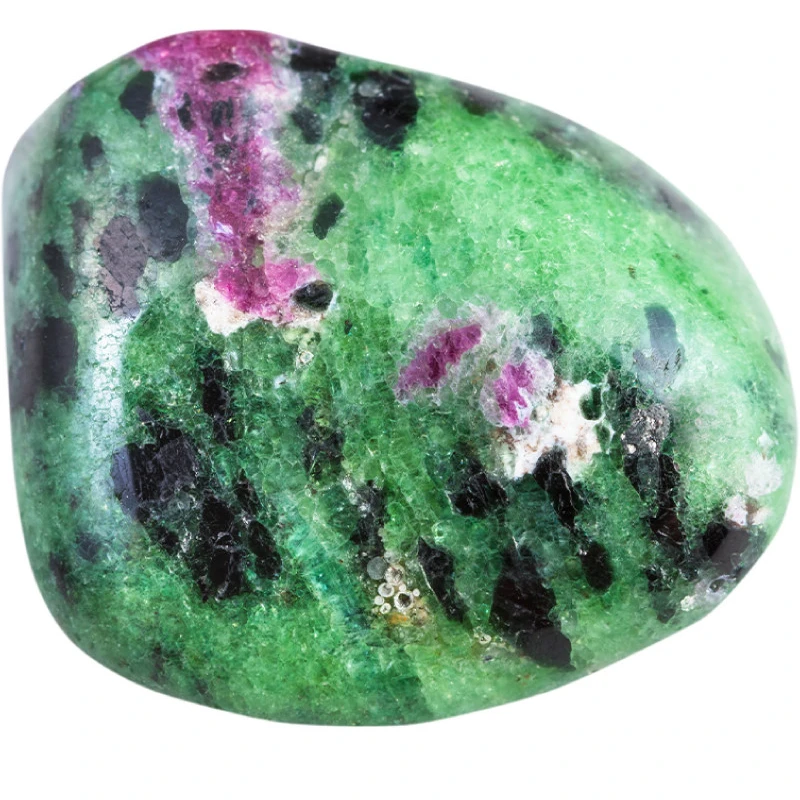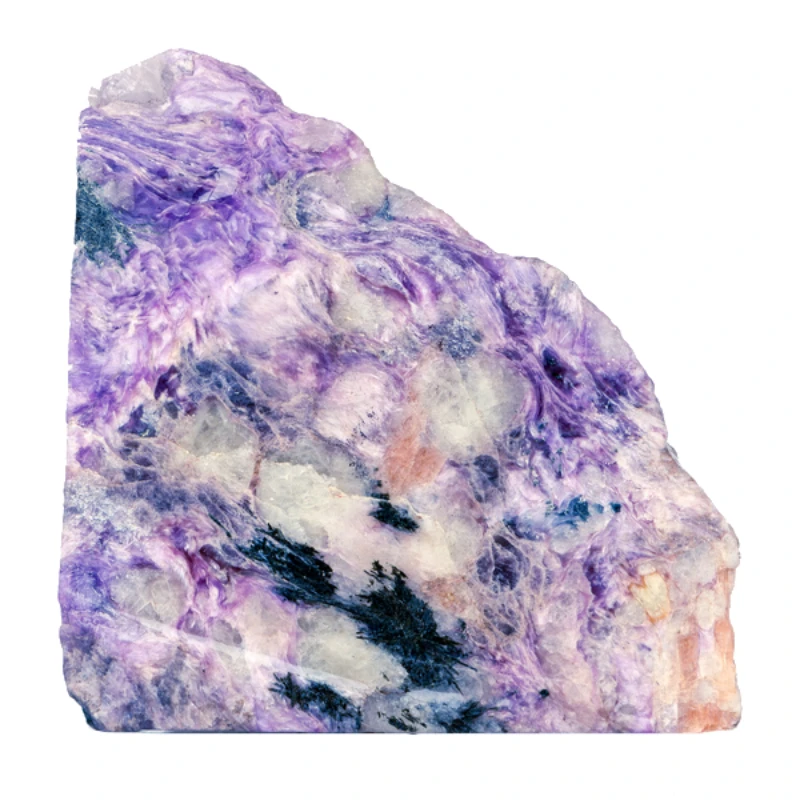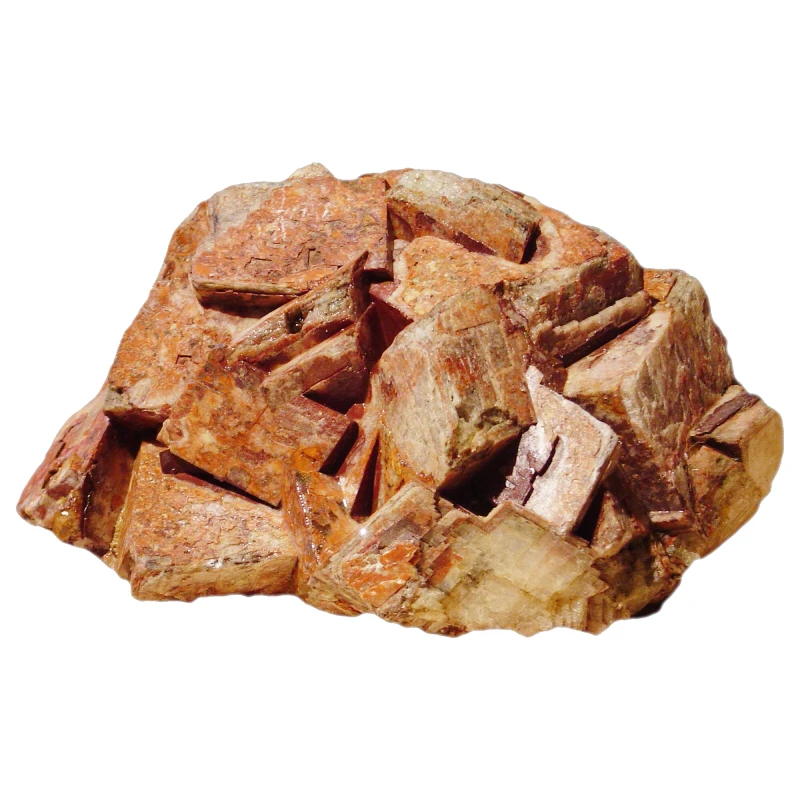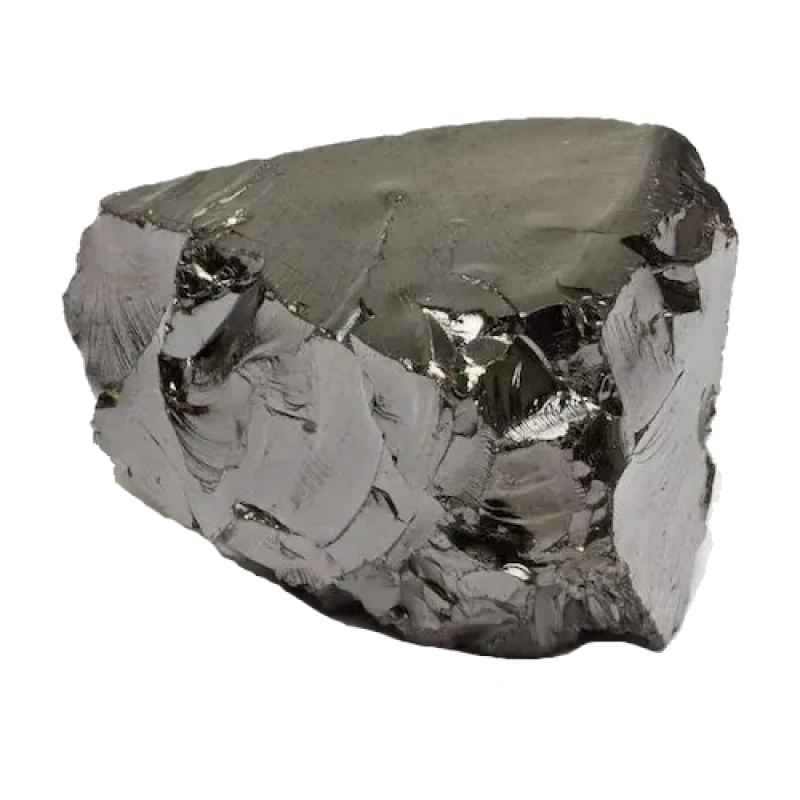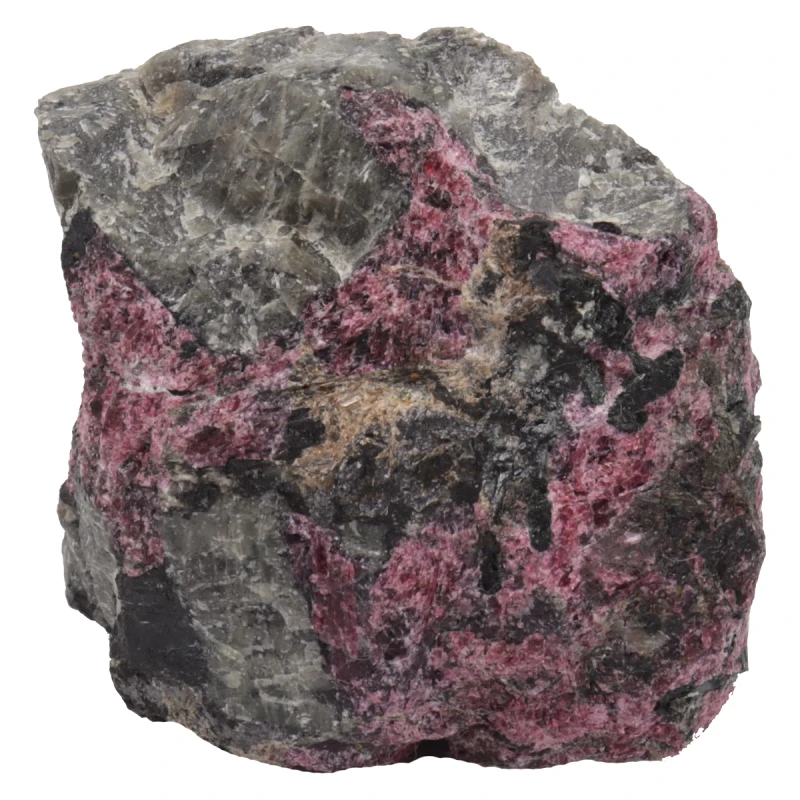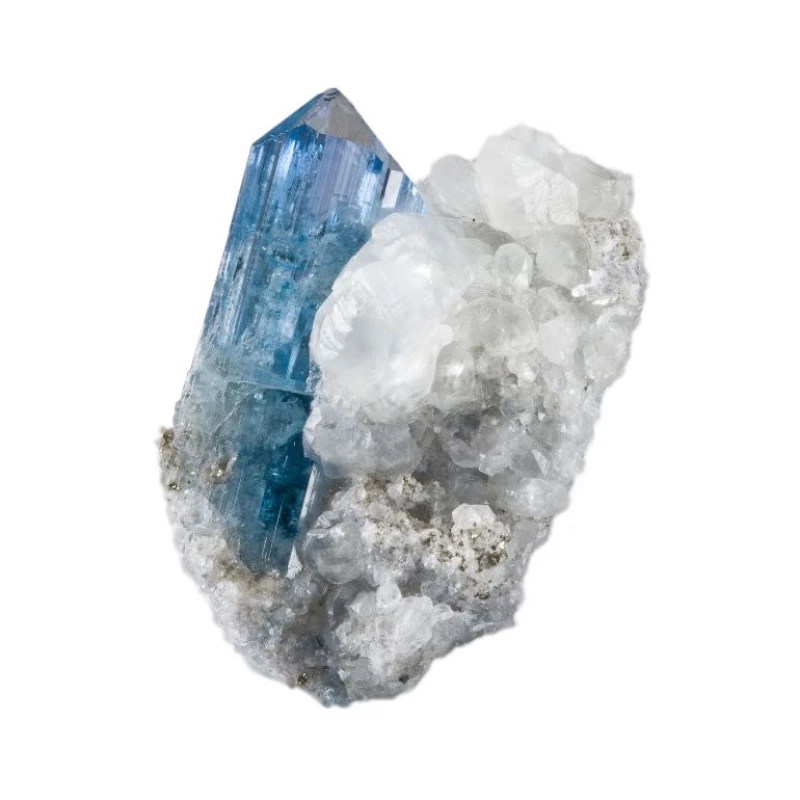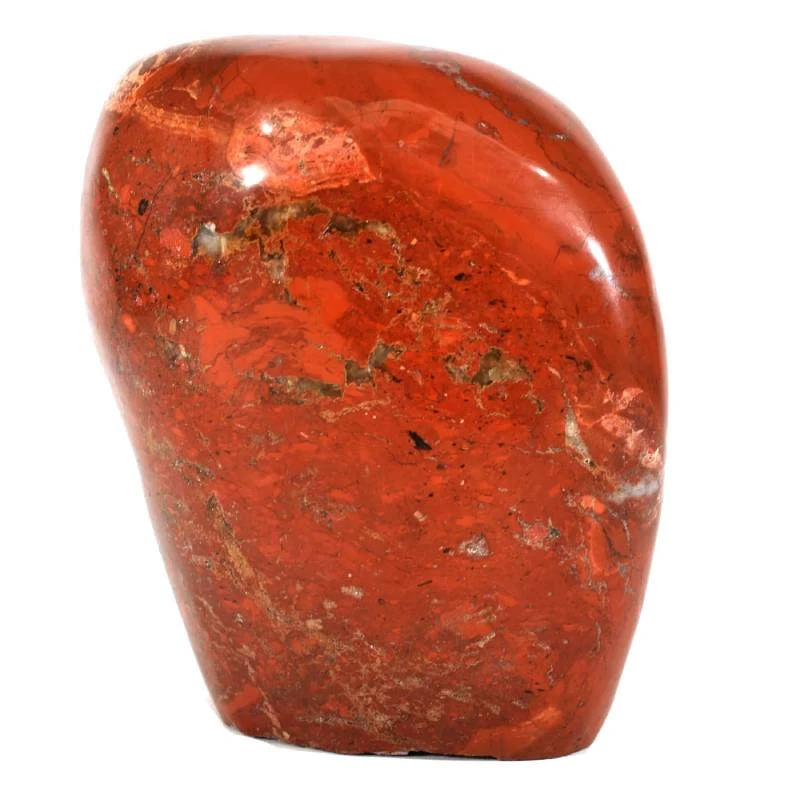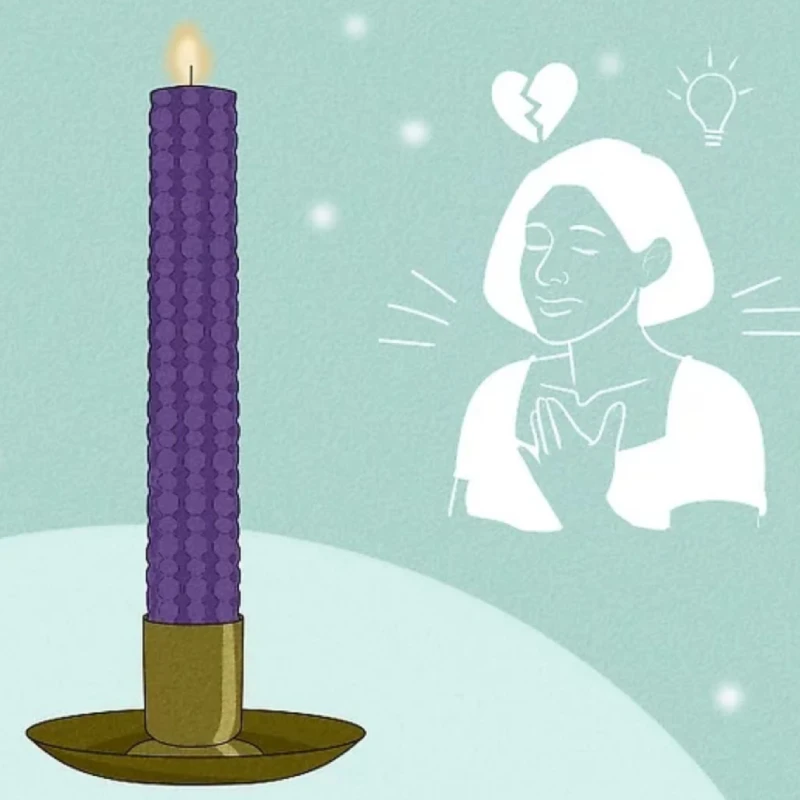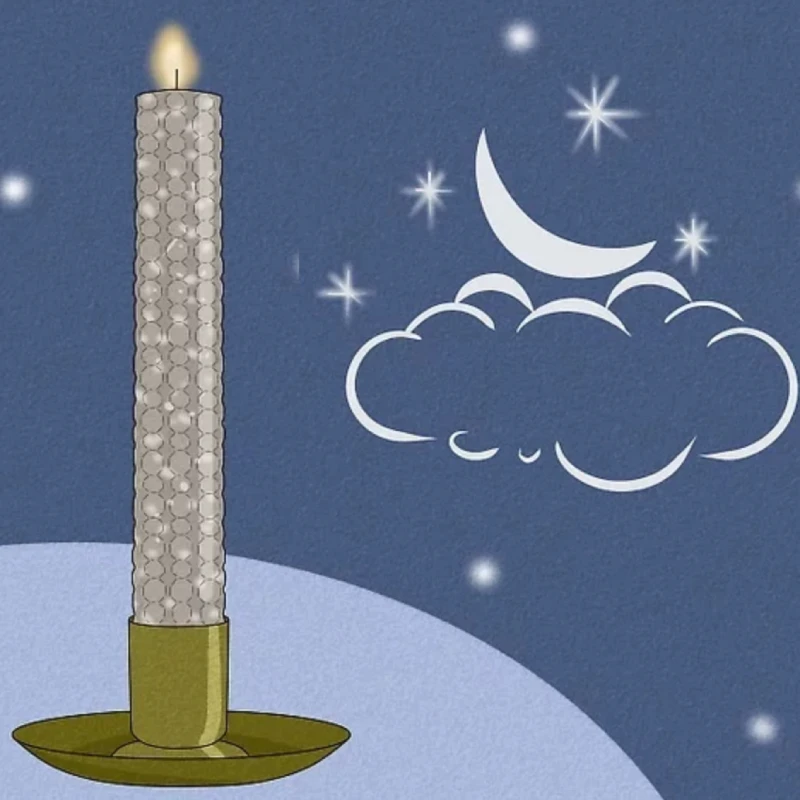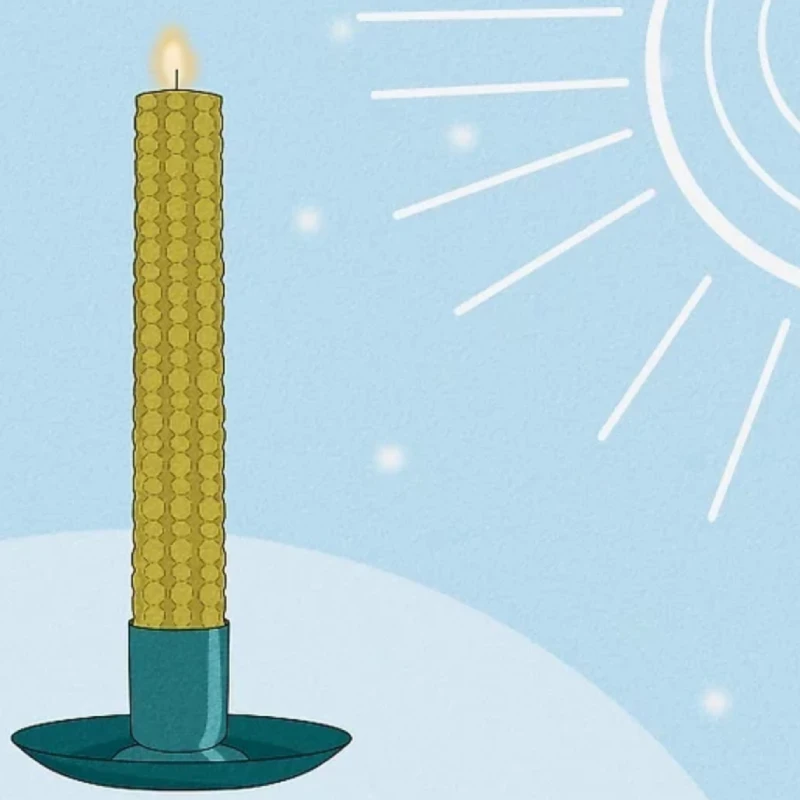Aventurine
Stone History
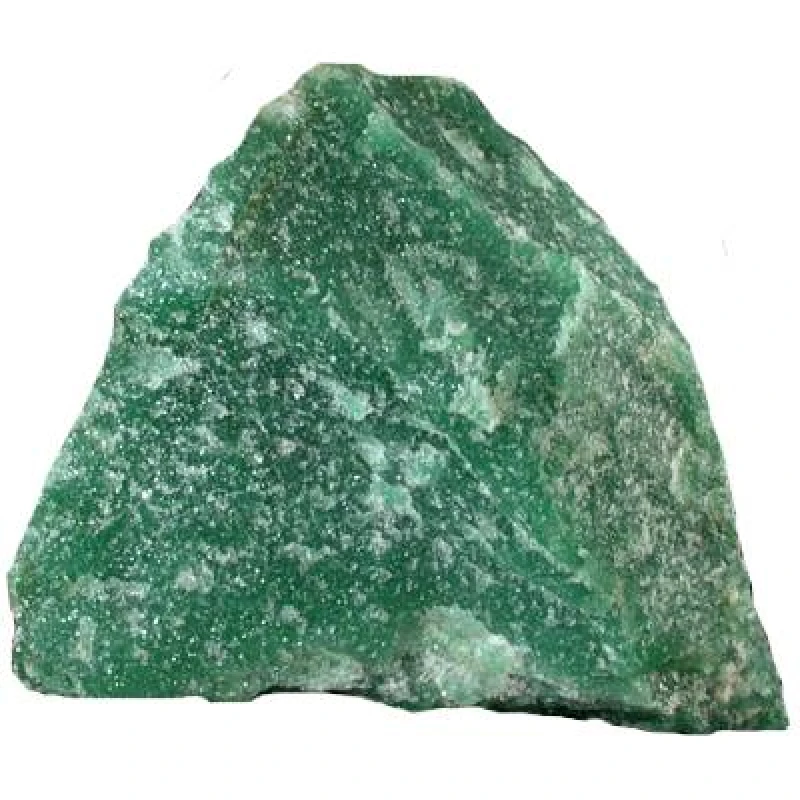
Aventurine is a semi-precious stone, a variety of quartz with inclusions of mica, hematite, or other minerals that give it a characteristic shimmer known as the aventurescence effect. This shimmer makes the stone especially attractive for jewelry and amulets.
The name "aventurine" comes from the Italian a ventura, meaning "by chance" or "accidentally." According to legend, in the 17th century, Venetian glassmakers accidentally added metal shavings to molten glass, creating a sparkling material that resembled the natural stone. Later, this effect was found in nature and named aventurine.
Zodiac
Although Aventurine is considered the stone of Virgo, it is also suitable for Taurus and Cancer.
However, it is not recommended for Aries, Leo, and Sagittarius to wear accessories with Aventurine.
Element
Aventurine is endowed with the power of the Air element.
Planet
The stone’s magic is directly linked to the phases of the Moon. The influence of this planet charges Aventurine with its energy, so it is recommended to wear it only during the waning moon — from the full moon to the new moon.
Colors
Aventurine comes in various colors, depending on the mineral inclusions in its composition. The main shades include:
-
Green: The most common and popular variety. Its color is due to the presence of fuchsite (a type of mica that contains chromium). It is considered a stone of luck and harmony.
-
Blue: A rare type colored by inclusions of lepidolite. Associated with intuition, inner peace, and creativity.
-
Red and Brown: These shades come from inclusions of hematite and goethite. They symbolize strength, energy, and endurance.
-
Yellow and Golden: Less common, contain particles of limonite or mica. Associated with positive energy, optimism, and prosperity.
-
Gray and Silver: Less common varieties that may include small hematite or other mineral inclusions. Often associated with protection and balance.
-
Purple: One of the rarest shades, arising from lepidolite. Considered a stone of spiritual growth and intuition.
Each color of aventurine has its own features and energetic properties, making it popular in esotericism and jewelry art.
Chakra
Depending on its color, aventurine affects different chakras:
-
Green: Balances and activates the heart chakra (Anahata), promoting stability and emotional balance.
-
Red: Influences the root chakra (Muladhara).
-
Blue: Enhances creativity and imagination.
-
Orange: Helps balance the sacral chakra, which governs creativity, sexuality, and the emotional body.
-
Yellow: Influences the solar plexus chakra, linked to personality and self-esteem. Yellow aventurine promotes clarity of thought and confidence.
Magical Properties
-
Green: A symbol of luck, health, and emotional balance. Helps in financial matters and brings harmony to personal life.
-
Blue: A stone of calm, intuition, and meditation. Used for spiritual growth and developing clairvoyance.
-
Red and Brown: Symbols of life energy, strength, and endurance. Protect against negative influences and help fight fatigue.
-
Yellow and Golden: Associated with prosperity, wealth, and positive energy. Aids in achieving success in career and business.
-
Purple: A rare stone associated with spirituality and mystical knowledge. Strengthens the connection with higher powers and helps in meditation.
Healing Properties
-
Relieves stress and tension: Aventurine helps eliminate anxiety, irritability, and depression. It is recommended for people prone to emotional overload and stress.
-
Combats insomnia: The stone improves sleep quality, dispels nightmares, and promotes peaceful falling asleep. It can be placed under the pillow or near the bed.
-
Normalizes the heart and blood vessels: Aventurine is believed to benefit the cardiovascular system, lower blood pressure, improve circulation, and strengthen the heart muscle.
-
Cleanses the blood and lymph: Aventurine helps eliminate toxins, improves blood composition, and regulates metabolism. In lithotherapy, it supports liver and kidney health.
-
Regulates hormonal balance: Useful for hormonal imbalances, especially in women. Recommended for menstrual issues, menopause, and thyroid problems.
-
Boosts immunity: Strengthens the body's defense mechanisms, helps recovery after illness, and prevents chronic inflammation.
-
Improves vision: In Tibetan medicine, this stone was used to treat eye diseases. It helps with eye fatigue, reduces pressure, and improves visual perception.
-
Beneficial for skin, bones, and joints: Accelerates wound healing, reduces skin inflammation (acne, eczema), and supports joint and bone health.
Mining Locations
Aventurine is found in various regions across the globe. Major sources include:
-
Australia
-
Brazil
-
Chile and the USA
-
Austria (notable for rare blue aventurine)
-
Norway
-
Spain
-
India (source of rare green aventurine, also known as Indian Jade)
-
Russia (Southern Urals and Chelyabinsk region, home to “Taganaite” aventurine)
Other articles in this section
